
ISSUE XXIII, Spring/Summer 2025
scarlette magazine


ISSUE XXIII, Spring/Summer 2025
scarlette magazine
what happens in the garden stays in the garden FLORIOGRAPHY the secret language of flowers
the political legacy of grunge fashion
remaining light in a season of darkness
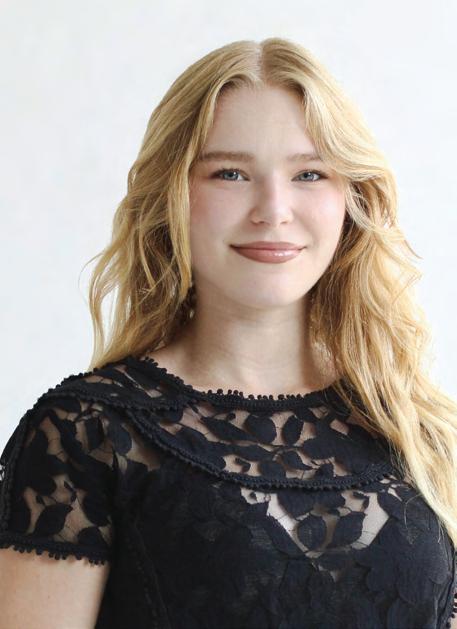
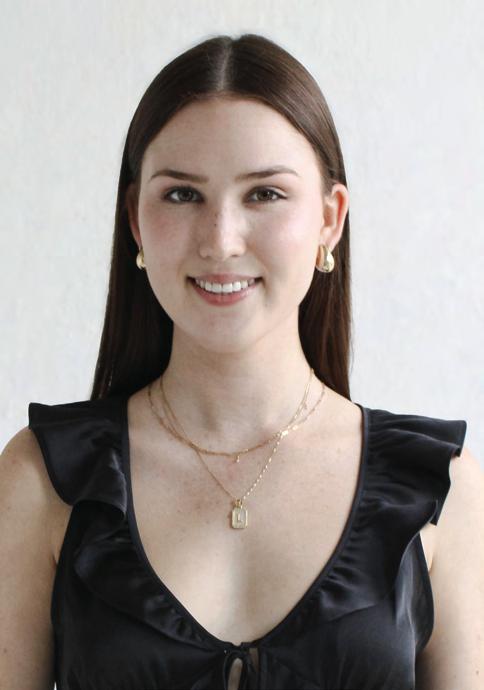
Welcome to this issue of Scarlette Magazine, where we explore the theme of In Bloom—a celebration of growth, transformation, and the beauty of becoming.
Fashion, like life, is a constant evolution. Trends shift, identities are explored, and creativity flourishes in unexpected ways. In Bloom is about those moments of transition—the space between who we were and who we are becoming. It’s about shedding old layers, stepping into the unknown, and embracing change with confidence.
This issue is a reflection of that journey. Through fashion, photography, and writing, we highlight the many pathways that growth can be represented and experienced. You’ll explore editorial spreads that capture the essence of nostalgia, the expression of self, and the growth of our Scarlette community.
But In Bloom isn’t just about the external—it’s about the internal shifts as well. Growth isn’t always effortless; sometimes, it’s messy, uncomfortable, and uncertain. Yet, there is power and authenticity in that process. There is beauty in taking risks, in stepping outside of your comfort zone, and in allowing yourself the space to change.
To our readers: this issue is for you. For the ones in transition, for the dreamers redefining themselves, for those still figuring it all out. Let this serve as a reminder that blooming isn’t about perfection—it’s about embracing the journey, wherever it may take you.
So step in, turn the page, and allow yourself to grow alongside the community of Scarlette Magazine.
Love,

Ella Dipold Co-Editor in Chief

Lily Polete Co-Editor in Chief


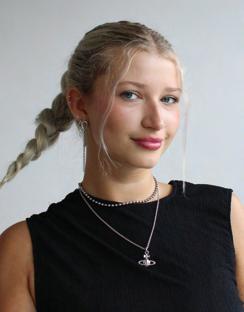





Kat Gallaugher Vice
President
Paige Kadar Secretary
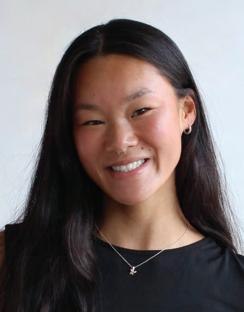

Jocelyn Bailey Graphic Design Director
Oliva Schweinhagen Writing Director
Maggie Harkins Photography Director
Ella-Paige Kolaska Treasurer
Jasmine Freeman
DEI Chair
Averie Ison Social Media Director
Summer Neds Events Director
Cherod Bowens Marketing Director
Author: Riley Thomas
Photographers: Cora Hernandez, Yu Liu, Marin Zbawiony
Layout:


Scarlette Magazine as an organization, magazine and group of creatives, has, since its establishment in 2011, blossomed into something grander than originally thought possible.
From the 90s to the 2010s, fashion underwent a world of change. Students at The Ohio State University (OSU), inspired by the switch from streetwear, denim and chunky accessories to the Y2K movement, decided to do something about it. In the year 2011, Scarlette Magazine was formed, a creative outlet through which individual style and trends could shine.
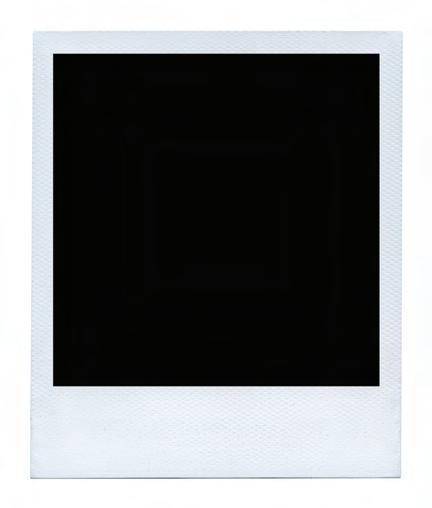

During this time, social media was becoming the essential part of life that it is today. With college students posting picturesof their outfits, sharing their sense of style and encouraging creativity through this new digital space, Scarlette knew it had to take advantage of the movement. The magazine mirrored this means of release, forming a space for OSU students to meet and organize with others who shared their love for fashion.
Co-president of Scarlette and fourth-year studio art and marketing major Ella Dipold said that the university without the magazine is hard to fathom: “Imagining the 90’s…was there no fashion magazine? Was there no space for people to be able to do this?”
“It was making me think…who went to Ohio State and got this solidified as an official club? There must have been a need for a platform for people’s voices to be heard and creativity to be shown. I think that’s the void it’s filling,” Dipold said.
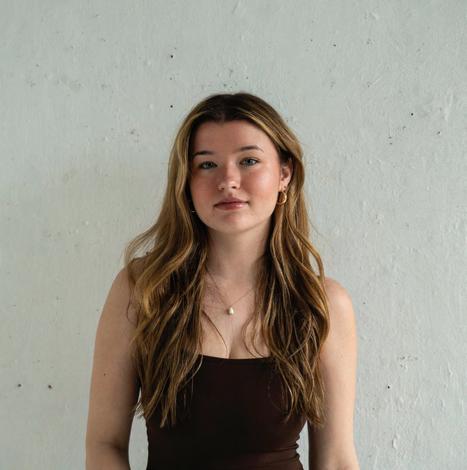


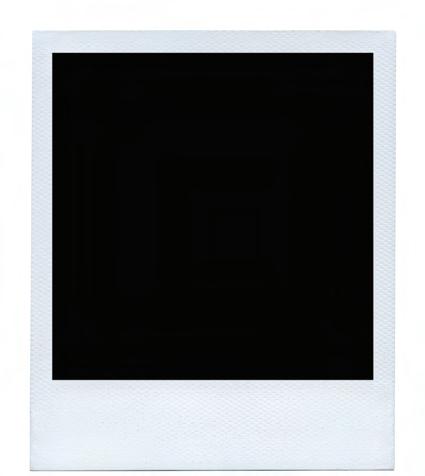


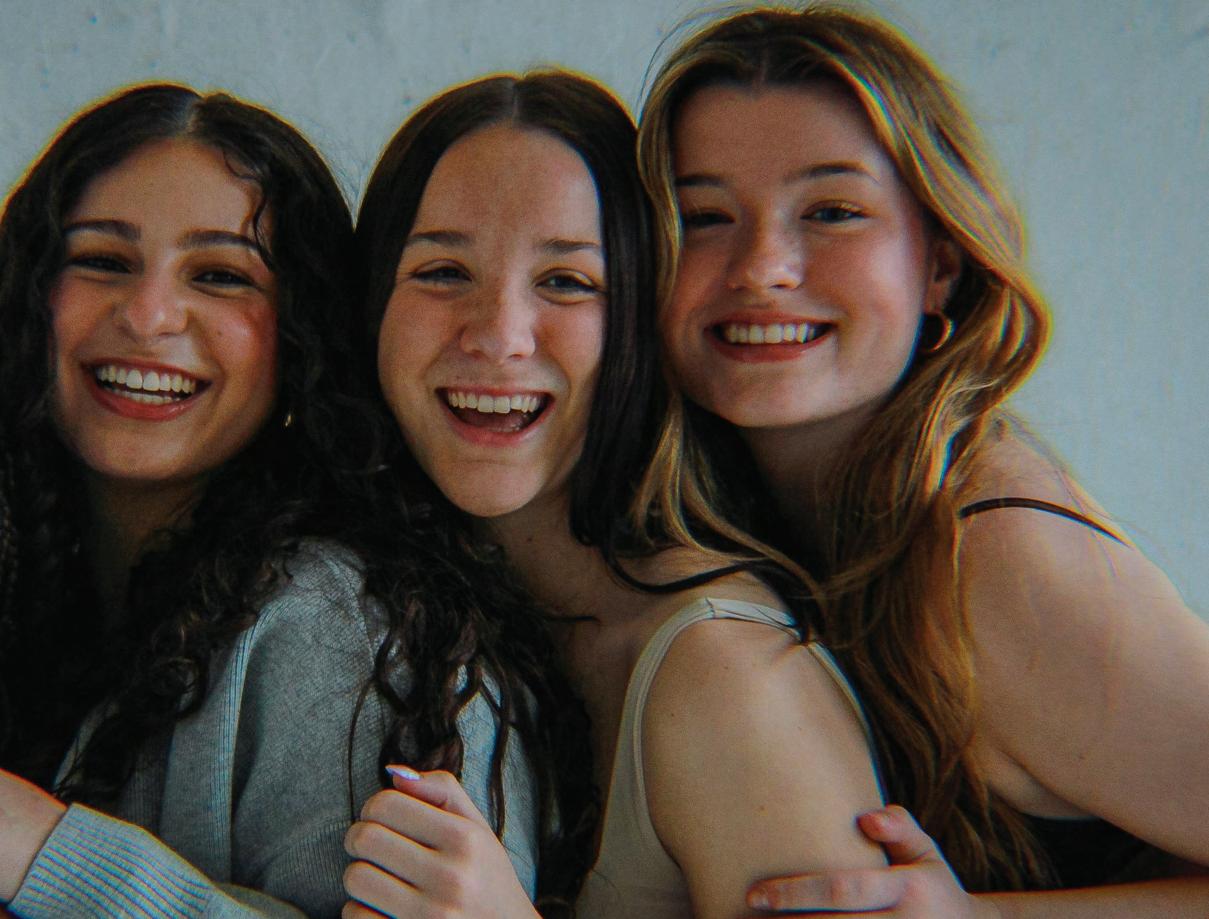
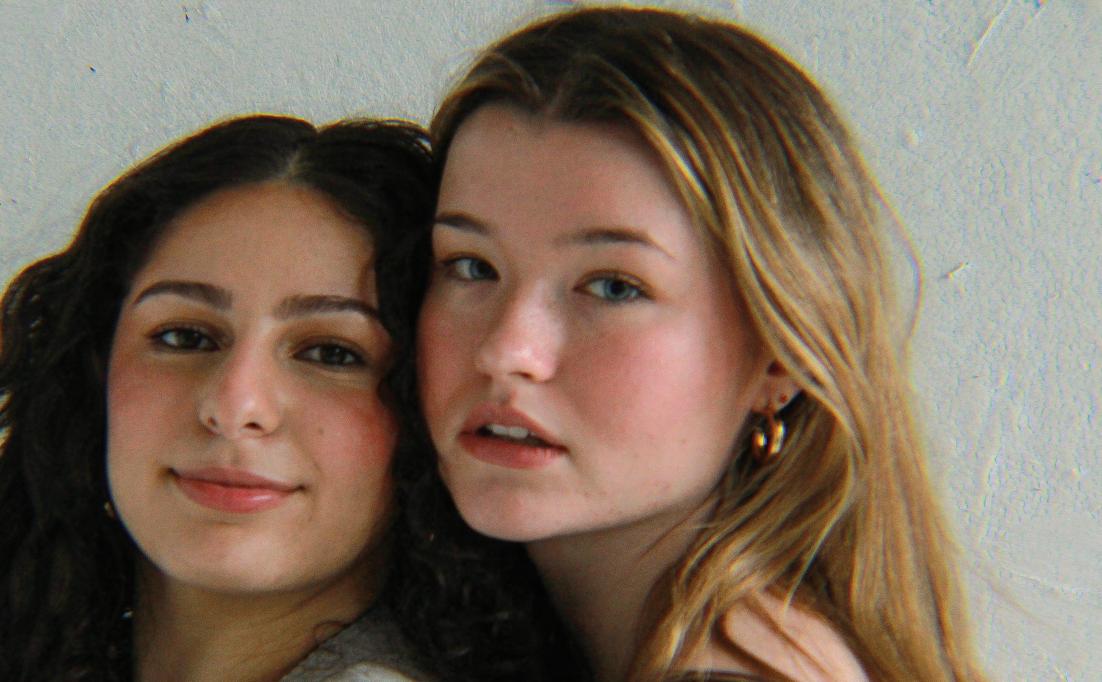
Going back to the beginning, Scarlette didn’t begin with the manpower they harness today. The magazine was relatively small until recent years, and going through a worldwide pandemic certainly didn’t help.
When Covid-19 hit OSU in 2020, students were asked to leave campus, classes were moved online and student organizations were put on pause. Once students were finally allowed back on campus and in the classroom, it’s no wonder that some clubs —Scarlette included—had trouble picking up where they left off.
Due to Covid restrictions in 2021, Scarlette wasn’t operating as normal, and students looking for this creative space were unable to join. This was the year of no physical issues of the print magazine, no structured committees and not nearly enough members to fill those committees.


It didn’t stay that way for long, though: “I like to refer to this as the era of Lena and LeVana,” Dipold said, referring to past Scarlette Co-Presidents Lena Wu and LeVana Wu. “They had also joined fall 2022, but they became the next presidents and they just… whipped it into shape. I don’t know who taught them how to do this, but without their influence I can say the magazine would not be structured the way it is today.”
Some of the many changes implemented by these co-presidents included the introduction of a launch party each semester, organized committee roles, collaborations with other creatives and organizations and, eventually, a print magazine.
Dipold said that she discovered Scarlette directly after this era, encouraged through her love for photography: “When I graduated high school in 2021…I was given a camera as a gift. And going into college, I used it a couple times, but…I was searching for an outlet where I could just practice with kind of low stakes…maybe learn from other people.”
The magazine gave Dipold exactly what she needed: “Joining Scarlette is where I got the most experience and a space to shoot and learn and make mistakes.”
Through Scarlette’s acceptance of all majors, identities and talents, Dipold and many others have had the opportunity to work at something they love in a judgement-free, encouraging space.
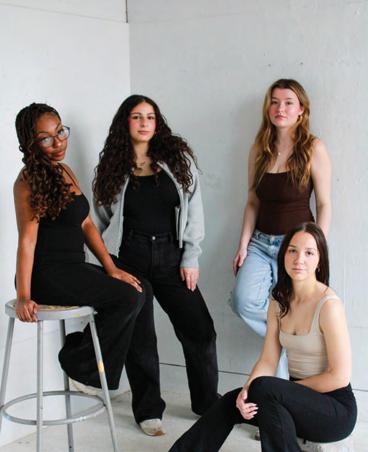

Photo Credit: Marin Zbawiony


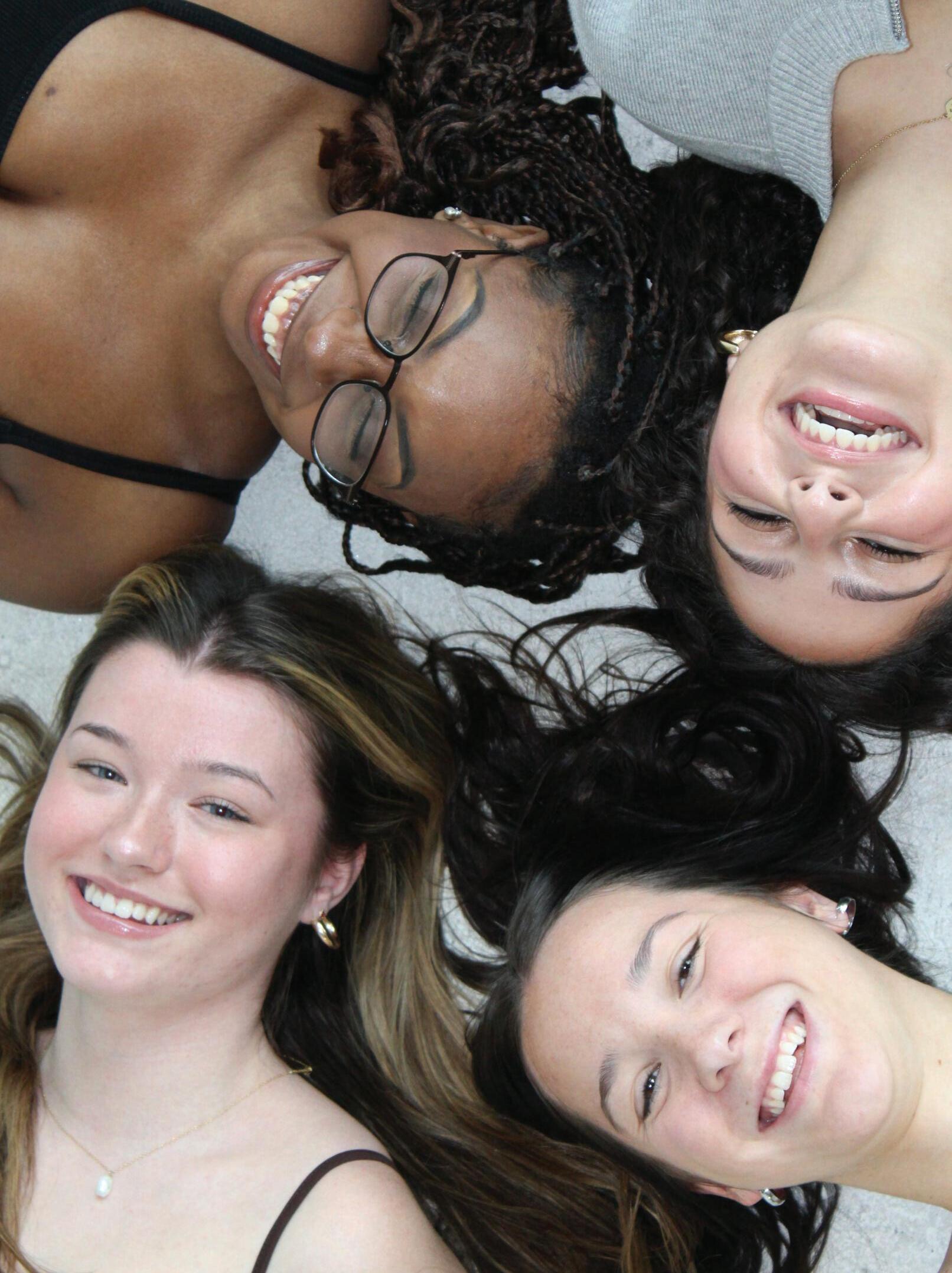
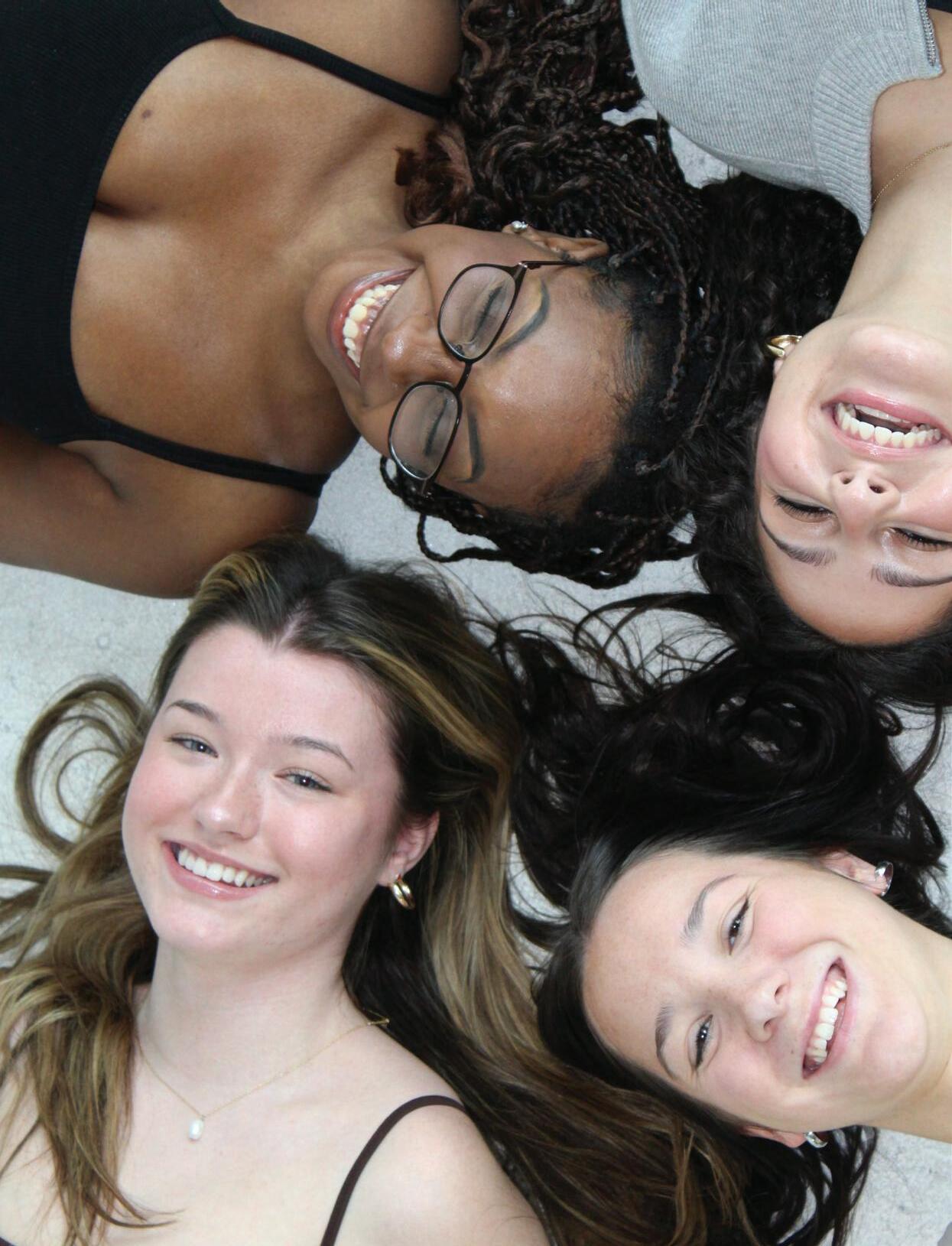
Scarlette, over the years, has grown and cultivated an amazingly diverse group of students. Scarlette is not just a space for those who share an interest in fashion and creative thought; it’s a community where members can make mistakes, learn from each other and form unforgettable connections with one another.
“One of the biggest things I’ve learned is how important a creative community is,” Dipold said. “I’m so thankful that more people are interested [and] we have more people with different backgrounds to gain those perspectives, because it just adds a whole other layer to the end product.”
The true beauty of Scarlette is in its members. Without the individual creative minds who collaborate to make this magazine and organization what it is, the club simply wouldn’t have survived after the pandemic and continued to thrive in the years after.
No Scarlette member is the same — that’s what makes the community so wonderful. The process of building such an intricate product encourages close relationships to be formed, and that connection shines through in each project Scarlette undertakes.
“I love the interpretation of Scarlette being in bloom…because it’s experienced so much growth and it’s just been cared for so much by people who are so passionate about it,” Dipold said.
With this issue’s theme being “In Bloom,” there are so many ways to relate that to the club’s growth. It not only exemplifies the organization’s inspiring nature; it proves how each member of Scarlette has grown and bloomed through their experiences here.
With every addition to Scarlette, the organization will only continue to grow, its roots reaching deeper. Stick around; we’ve only just begun to blossom.
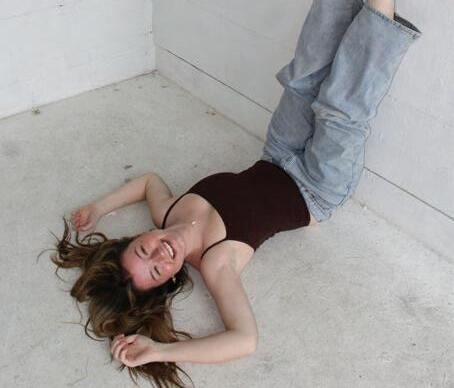



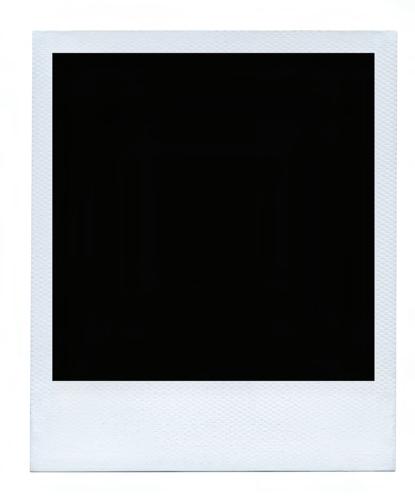


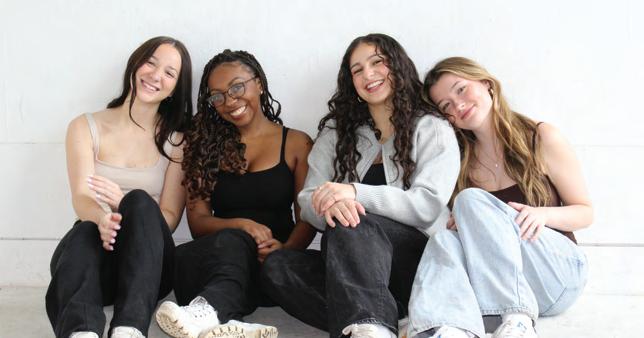






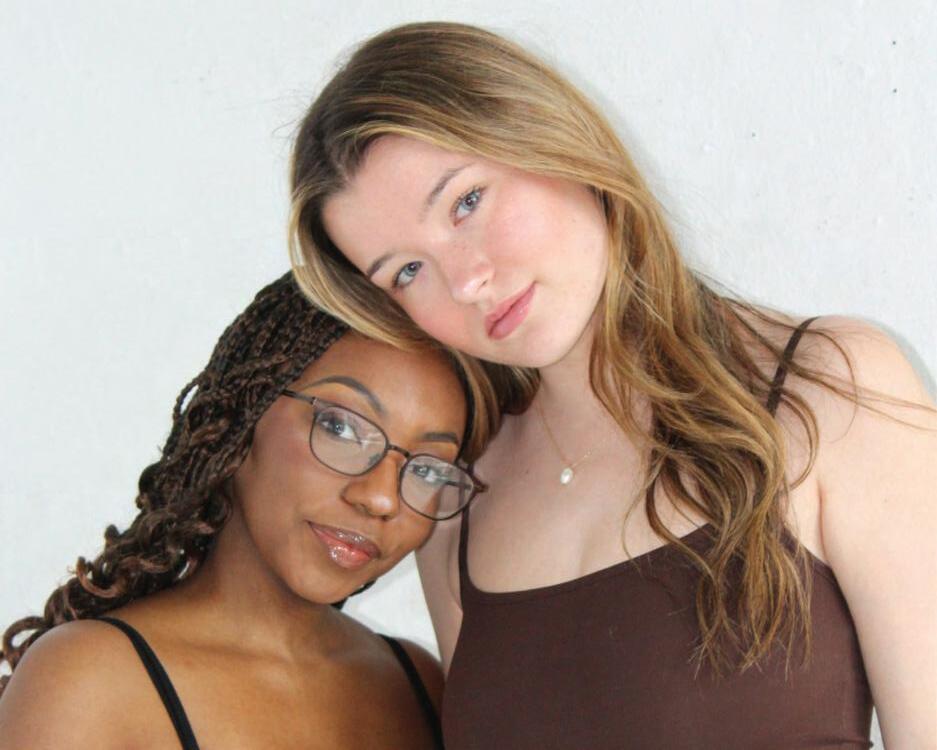



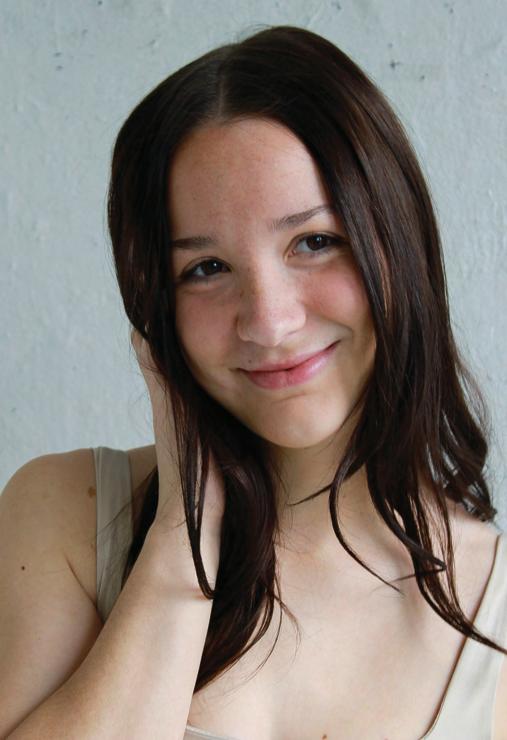




For centuries, flowers have bloomed alongside people, their beauty inspiring stories and symbolism of all kinds. Many flower names are derived from the Ancient Greek language, and are thus associated with mythological stories. From flower creation myths, like the tale of Narcissus — whose vanity is represented in the modern-day daffodil — flowers have come to mean many different things throughout time.
One of the most interesting ways humans have ascribed meaning to flowers is the Victorian practice of floriography. Floriography is a form of cryptography, which comes from the Ancient Greek words ‘kryptós’ (hidden or secret), and ‘grapho’ (to write or draw). To put it simply, cryptography is a form of writing down a secret.
Subtitute flowers for words and floriography is born.
While popularized in the Victorian era, floriography is believed to have roots in a Turkish practice called Sélam. According to “The Little Book of Floriography: The Secret Language of Flowers”, Sélam was written about in letters by Lady Mary Wortley Montagu, English writer and poet, and was described as a game.
As Montagu observed in other women while living at the Turkish Embassy, items — most often flowers — were given to others as a form of poetic note-passing. Representative of euphemisms and rhymes, it was entirely up to the giver and receiver to understand one another. Eventually, Montagu’s letters were published in 1763 and the British took an interest in the concept of Sélam.
Flowers were displayed and given to impart specific meanings and symbols, and many Victorian-era authors even began to publish lists of floral dictionaries.
“The Little Book of Floriography” says that 500 different dictionaries were published after the first release in 1819, “Les Language des Fleurs”, by Charlotte de Latour being one of the first. The symbolism of each bloom could change depending on the source, but some had much more commonly accepted meanings which persist to this day.
Many sources inspired these meanings: Ancient Greek and Roman Mythology, European Folklore, plants’ traditional healing properties and the flower’s visual qualities. These meanings were taken very seriously, with a single color difference in petals changing a flower’s intention. How flowers were displayed could also change the meaning, and symbolic bouquets (called Posies or Tussie Mussies) became popular accessories in the time of Queen Victoria.
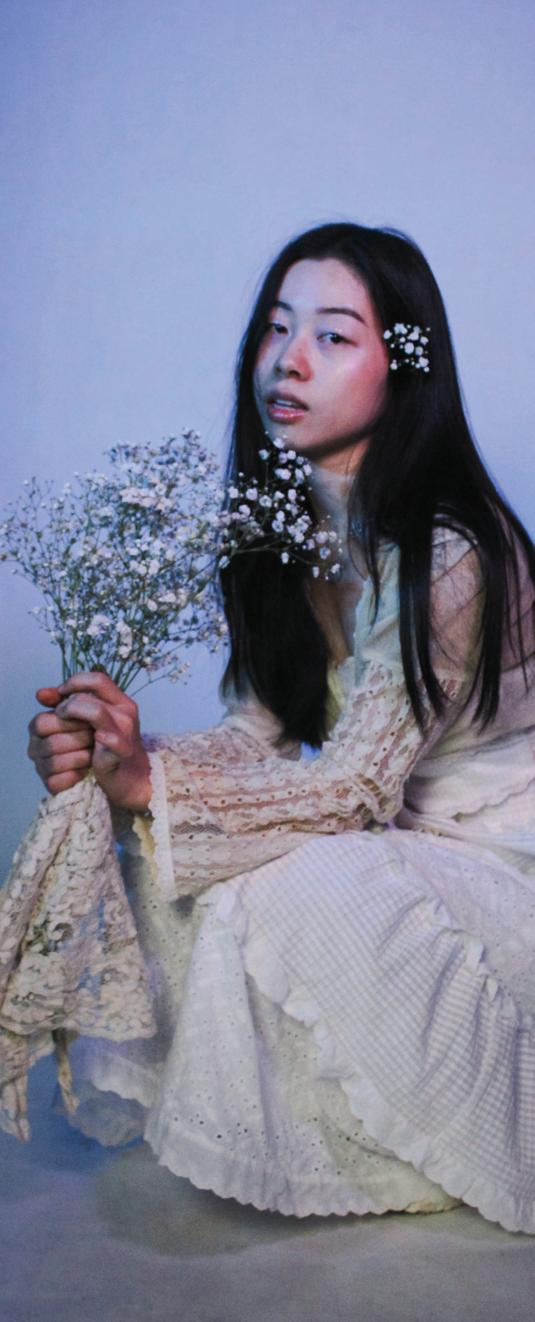
For this photoshoot, each of our models was tasked with choosing a flower that spoke to them personally. They were free to interpret that meaning into their look as they pleased, as floriography has always existed as a means of self-expression. Our models chose pink carnations, purple orchids, baby’s breath, yellow tulips, sunflowers, calla lilies, red roses, jasmine and chrysanthemums.

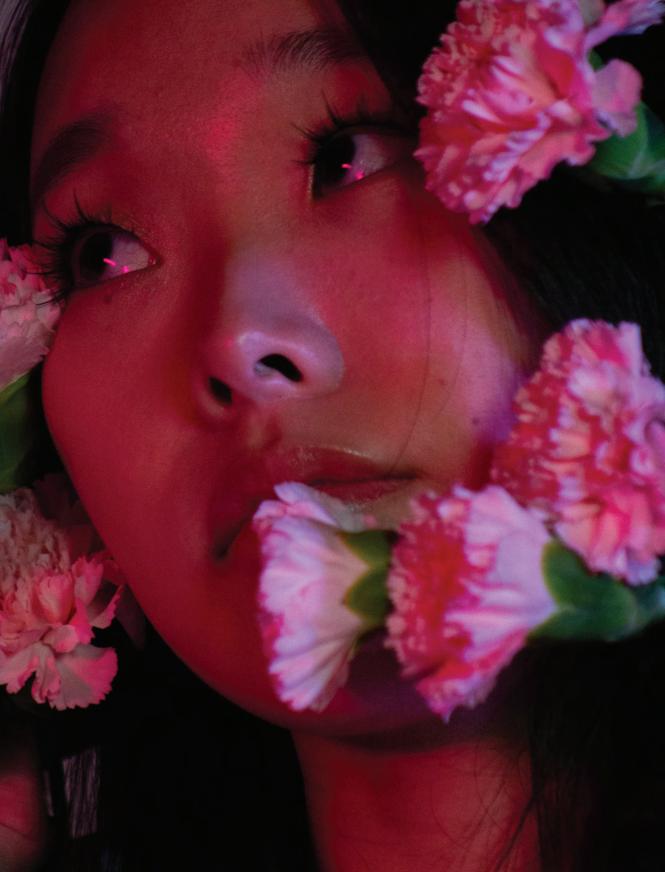
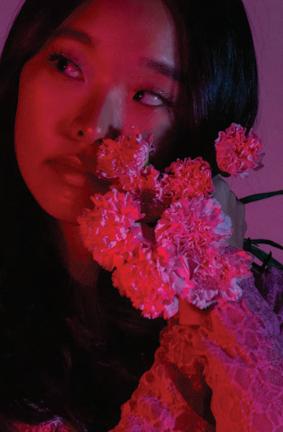
To begin, the pink carnation symbolizes fascination, female support, a mother’s love, and a reminder to remember those close to you. According to the National Gallery of Art, some creation myths associate the delicate bloom with the goddess Diana, while others attribute it (and its connotations of motherly love) to the Virgin Mary.
Baby’s breath, also known as gypsophila, is a symbol of purity. Often given to new parents to celebrate bringing a child into the world, the name of the flower evokes a sense of childlike innocence. It’s also a staple for bridal bouquets, which is fitting as it can represent everlasting love and new beginnings.
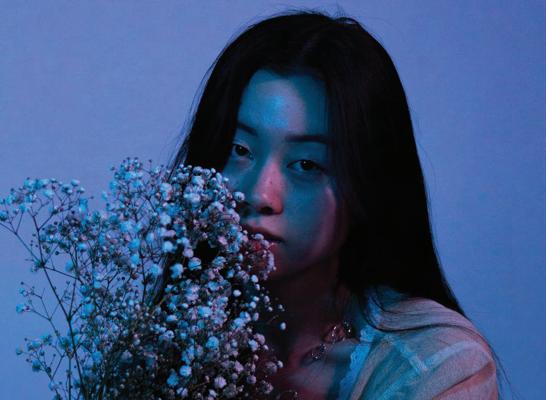

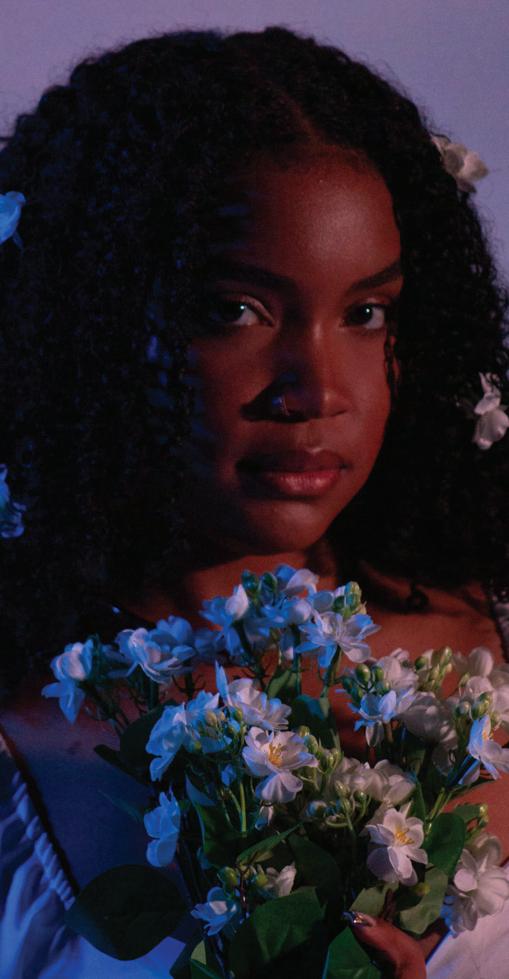
Another fragrant white flower is jasmine. This star-shaped flower grows vines and is considered elegant and graceful. This flower, whose meaning is thought to come directly from its appearance, represents love and amiability.

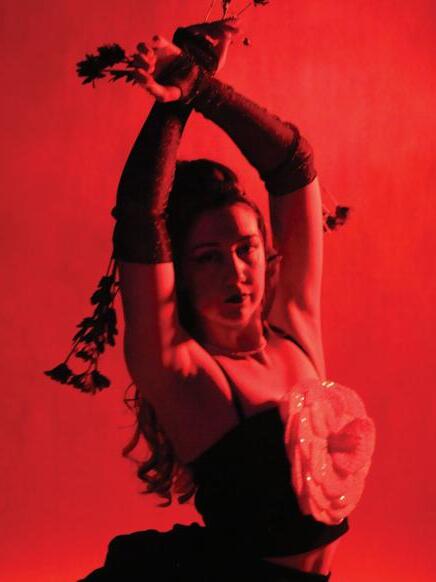
Next, we have roses. As one of the most popular flowers in the world, roses conjure associations of love, passion and desire. The red rose specifically is associated with all things romance. Giving a dozen roses to a romantic interest is a common practice and signifies devotion and a promise of affection throughout the year, with one bloom for each of the 12 months.
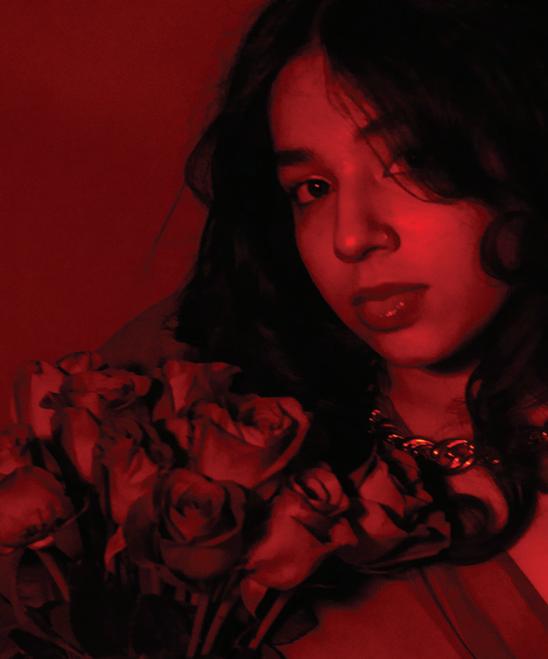
The chrysanthemum is a strange flower, due to its conflicting messages. In Asia, the flower surrounds ideas of joy and youth, being used in tea for their anti-inflammatory and heart-healthy properties. In Europe, however, they were often associated with sorrow and death and were placed on graves throughout the grieving process, according to “The Little Book of Floriography”. Some people propose that these two opposite meanings are linked to the circle of life, especially since they begin to bloom in autumn, when other plants die.
Similarly, sunflowers also have opposing meanings, detailed in The Old Farmer’s Almanac. Tall sunflowers were thought to represent haughtiness, superiority and pride, especially because the flower towered over everything else; the yellow of its petals in the Victorian era were actually thought to convey the idea of false riches. On the other hand, the dwarf sunflower represented adoration and pride.


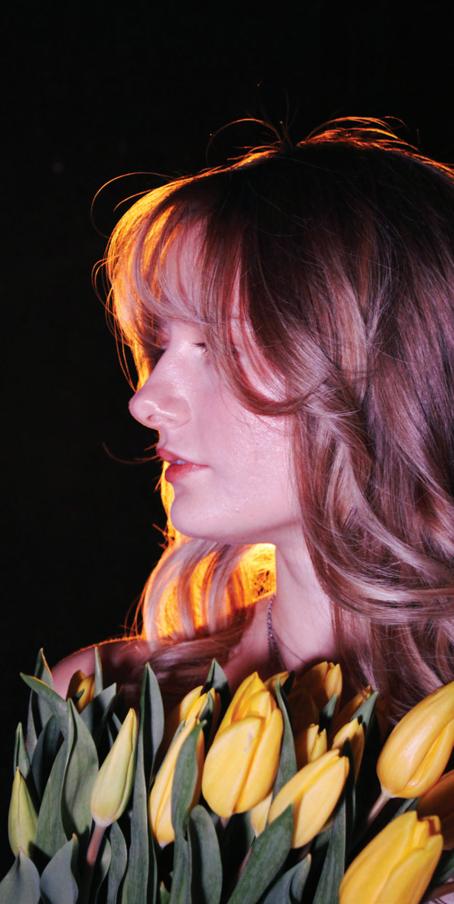
Tulips and floriography go hand in hand. Returning to history, we know that the time Lady Mary wortley Montagu wrote her letters about Sélam was the start of the Ottoman Empire’s Tulip Era. According to a journal published in Project Muse, as the flower was grown with more frequency, the courts developed a fascination with the flowers. Tulips symbolize passion, which was fitting, given that art —another source of passion and creativity — also flourished during this time. The flower represents declarations of love; the yellow tulip specifically means you see sunshine in someone else’s smile.

Moving on, we have orchids — a constant in the world of floriography. This flower came to symbolize love, beauty and refinement, and because the color purple is associated with royalty and elegance, purple orchids can also be linked to luxury.
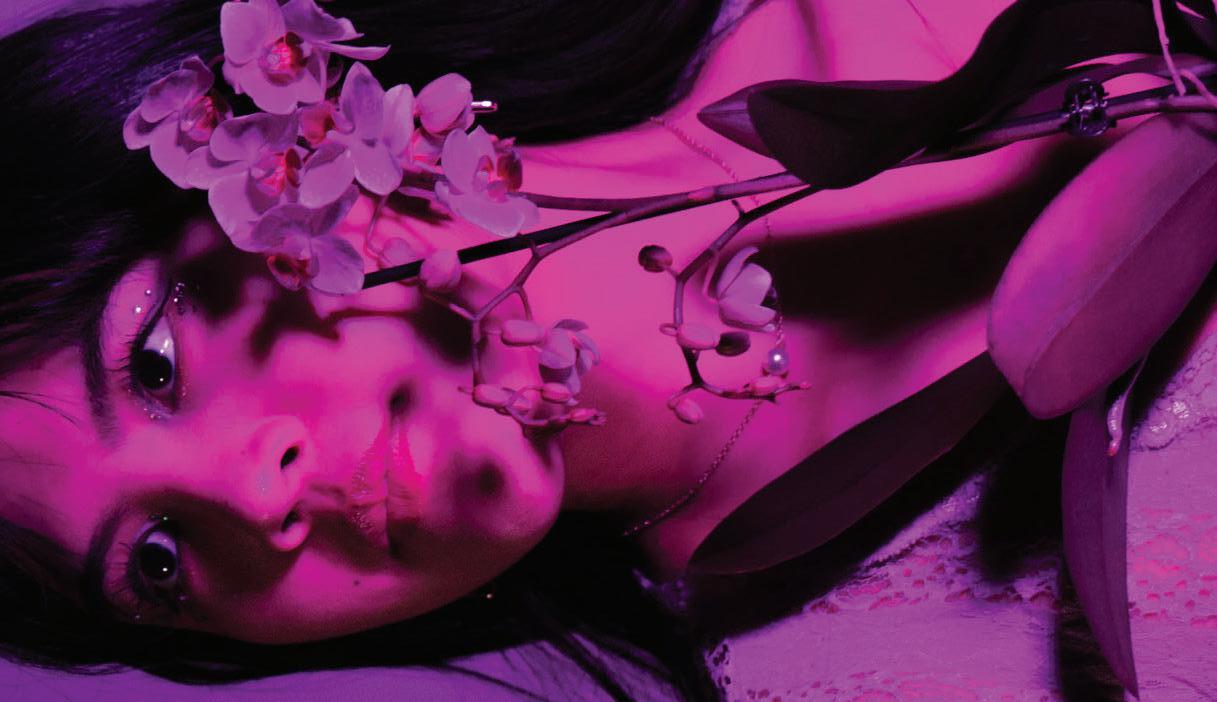
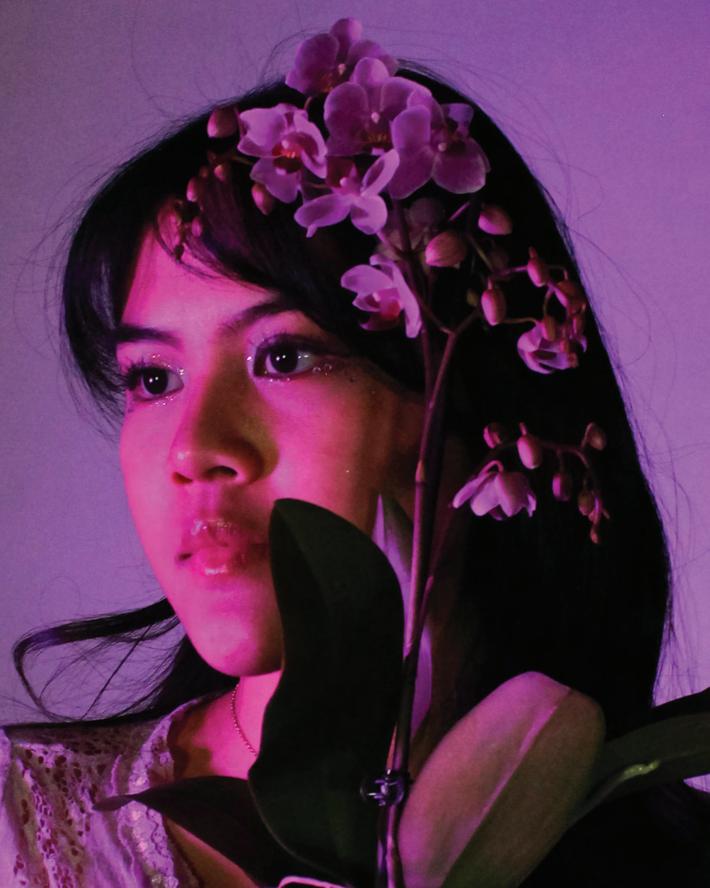
Lastly, there’s the beautiful Calla lily. Calla lilies are one of the more unique looking flowers, with an elegant, trumpet-like shape. It’s no wonder these blooms are associated with beauty — their name comes from the Ancient Greek ‘kallos,’ meaning exactly that. Other common associations include purity, innocence and faithfulness.

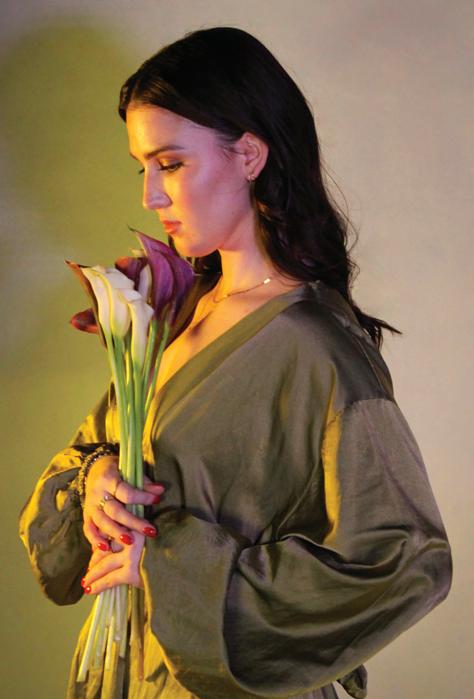
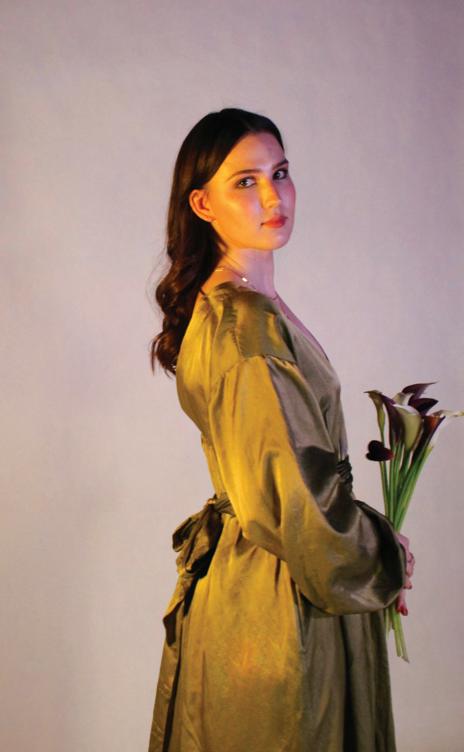
Knowing now that the flowers that grow alongside us have many different meanings — both good and bad — take care when picking out your next bouquet. These flowers, shown by the beautiful women of Scarlette Magazine, are much more complex than you might think.


Author: Kat Gallaugher
Photographers: Sandra Fu, Gracelyn Johns, Anya Peredrey, Irene Zhang
Layout: Addison Kennedy assisted by Katheleeya Chua
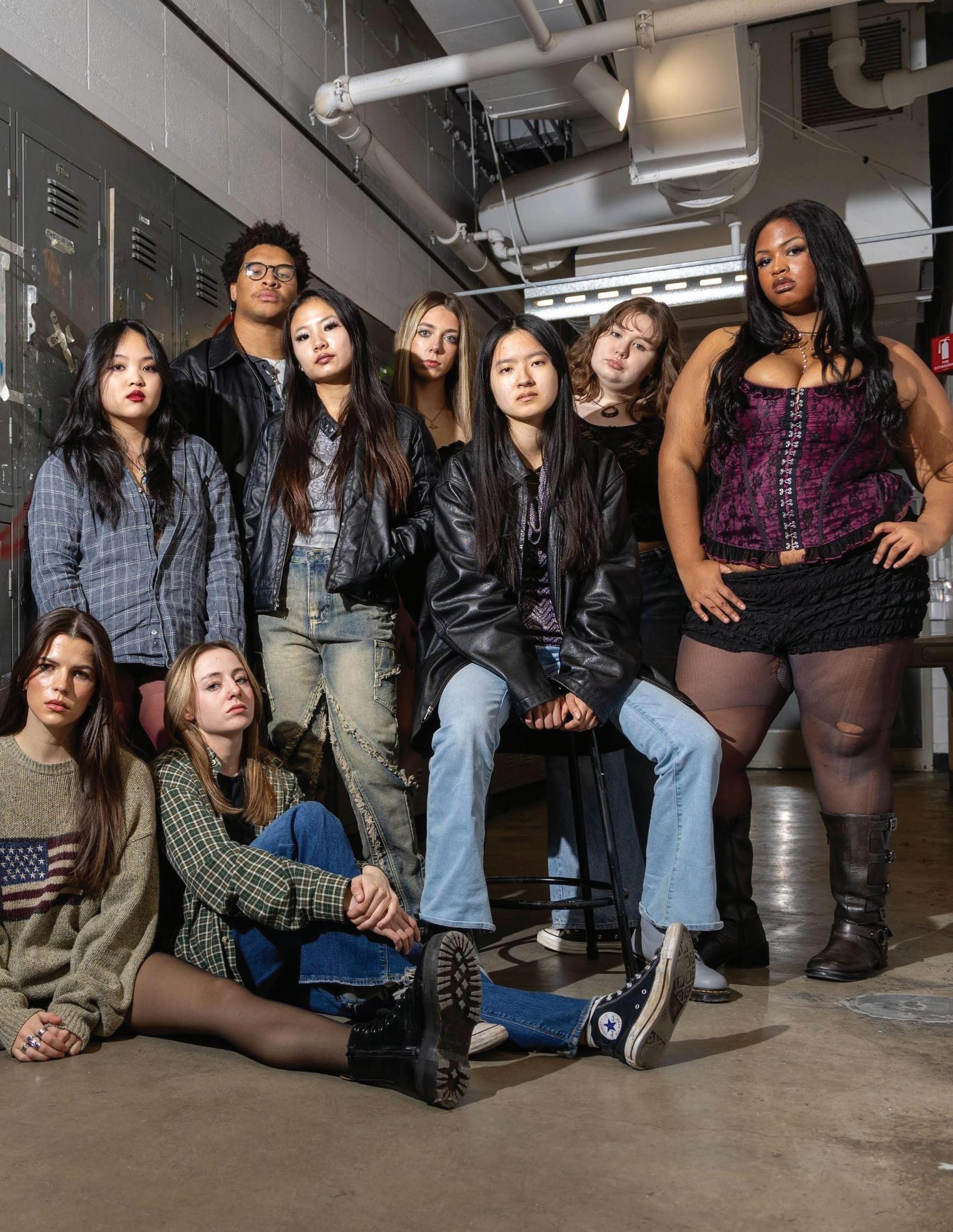



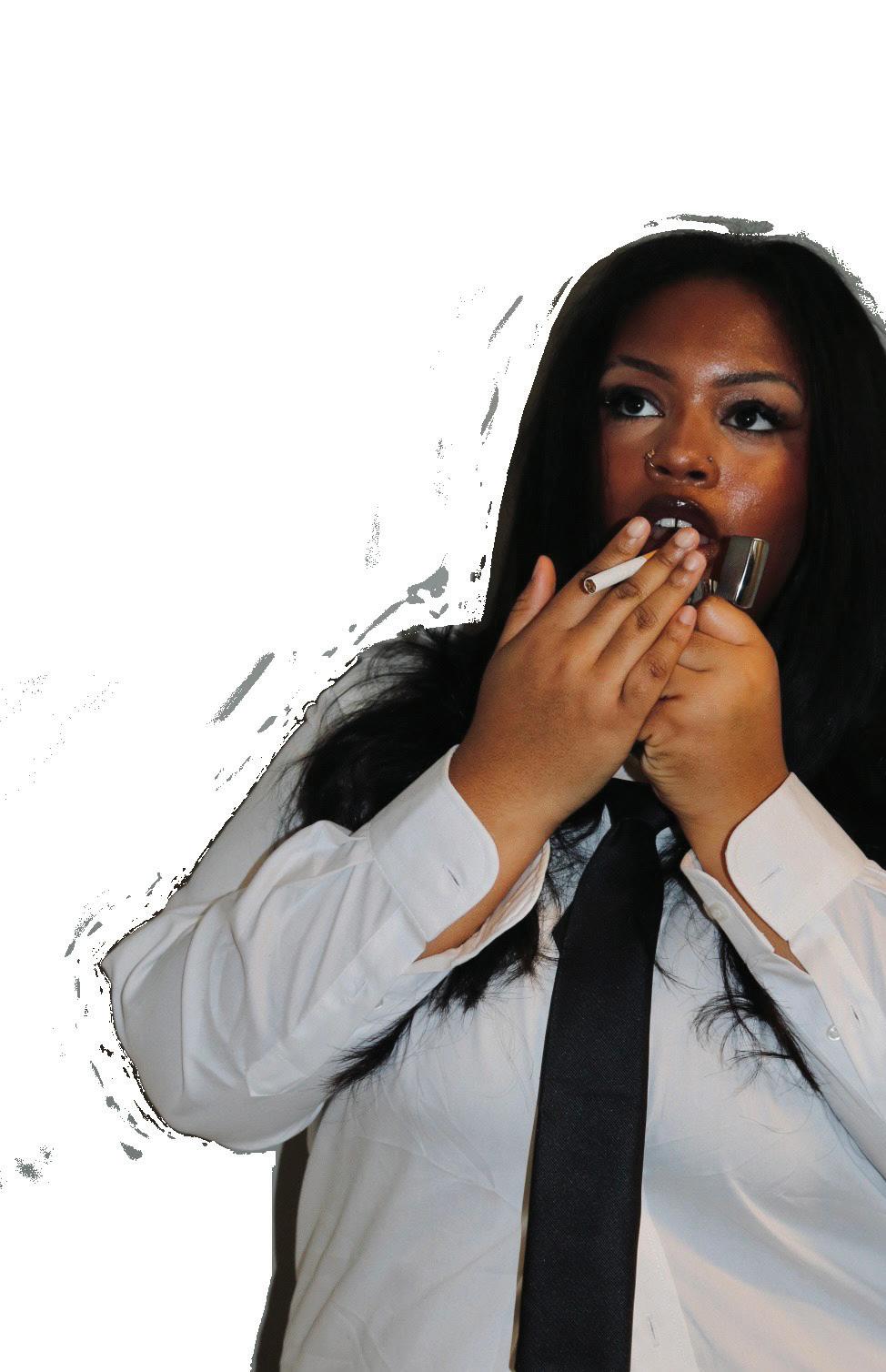


Sang Kurt Cobain, the lead singer of Nirvana, as he ushered in the new age of grunge fashion. The grunge movement began in the late 1980s, similar to the birth of the band Nirvana, which didn’t enter mainstream culture until the early 90s.
Grunge was truly an anti-fashion movement, marking rebellion and distrust toward the opulence and mall culture of fashion in the 1980s. This dramatic shift from bright colors and metallics to dirty flannels and torn jeans was unsettling — and it was supposed to be. Fashion is political and always has been, and grunge is a perfect example of that.
Grunge fashion is an anti-materialistic rejection of mainstream culture. According to an article from Vogue, the style originated in Seattle, Washington, and was founded by the children of Baby Boomers who rebelled against their parents’ way of life. Needing to layer up in the cold Seattle winters, these nonconformists flocked to cheap, second hand clothing found in local thrift stores, creating the grunge look as we know it today. It’s a mindset; an anti-consumerist and anti-capitalist way of life that actually rejected attention at the time of its origin, rather than vying for it.
Vogue said that the term grunge was first coined in 1988 by the young record label Sub Pop, which produced Nirvana’s first record, Bleach (1989). “It could have been sludge, grime, crud—any word like that,” Jonathan Poneman, a Sub Pop founder (Marin, Vogue, 1992), said, pointing toward the grimy, raw essence of the music the fashion is tied to.
Sonic Youth, Bikini Kill and Nirvana were all important bands of the grunge era, despite their aversion to the name. With greasy hair and a dirty green cardigan, Cobain took the world by storm during the 1993 MTV Unplugged Live Concert, where he sang songs that many in the younger generation felt deeply connected to.


The style of grunge was easily recognizable; baggy clothes and chunky Doc Marten boots paired with floral dresses — worn by both men and women — were staples. This combination was first worn by members of the Riot Grrrl movement, which focused on feminism, consent and women making a place for themselves in the historically male-dominated rock industry. They took typically feminine clothing and made it their own, using it as a way to reclaim their femininity and reject patriarchal values.
Cobain, who was often around members of the Riot Grrrl movement and even dated Tobi Vail of Bikini Kill, loved this style and adopted it as his own: According to Vintage Everyday, Cobain told Melody Maker — a British music magazine — in 1992, “There’s nothing more comfortable than that cozy flower pattern… It just feels comfortable, sexy and free wearing a dress. It’s fun.” This was very much still a controversial take, given the still-prevalent macho values in the United States.
The fashion industry, still hooked on tradition, turned up its nose at the haphazard thrifted fashion of the grunge style. Cathy Horyn of The Washington Post even stated, “Call it boho, grunge or déjà vu all over again, but the new look for spring is chaotic, contrived and so encumbered with cultural significance that even the most astute follower of fashion will find herself wondering if she’s supposed to look like Courtney Love or Nicole Diver.”




Marc Jacobs, the former designer of Perry Ellis International, is credited with bringing the Seattle style to the mainstream. According to an article in The New York Times, Jacobs’s Perry Ellis Spring 1993 line debuted on the runway of 1992 and was — to put it bluntly — a “mess.”
Shaw complained that the music was too loud, the models looked as if they had rolled out of bed and that one even had… “a nose ring” (Shaw, The New York Times). The collection notoriously caused Jacobs to be fired as lead designer. However, it blew up after appearing in Vogue in Dec. 1992 in an iconic photoshoot by Steven Meisel, dubbed “Grunge and Glory.”
Photo Credit: Sandra Fu

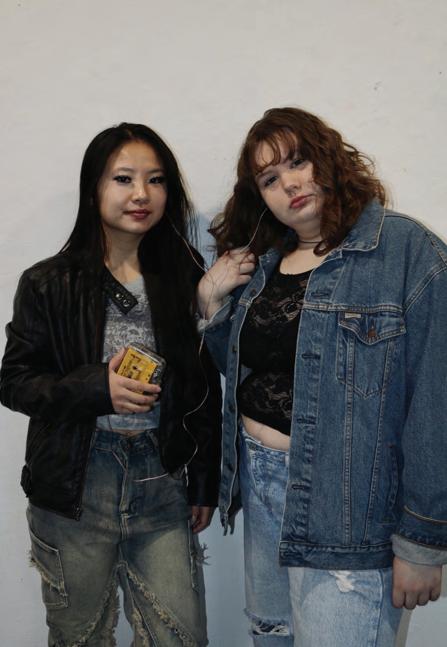
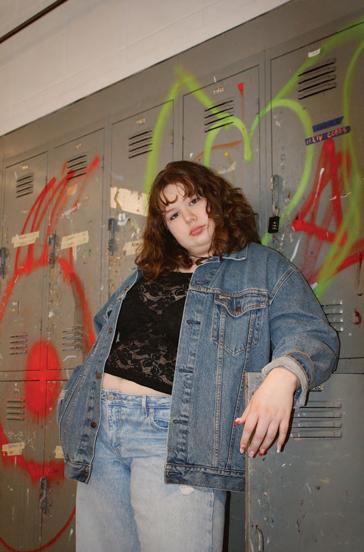

In the photographs, Naomi Campbell and other models can be seen in mismatched plaid and baggy Nirvana graphic tees, wearing distressed combat boots. The style exploded, with more and more high-end collections by designers such as Anna Sui, Karl Lagerfeld, Calvin Klein and others gaining traction.
This commercialization of an originally anti-capitalist movement was not well-received by the king and queen of grunge — Kurt Cobain and Courtney Love, respectively. After Marc Jacobs sent them photos of the collection, Vogue said that Love was quotedas saying, "Do you know what we did with it? We burned it. We were punkers—we didn’t like that kind of thing."
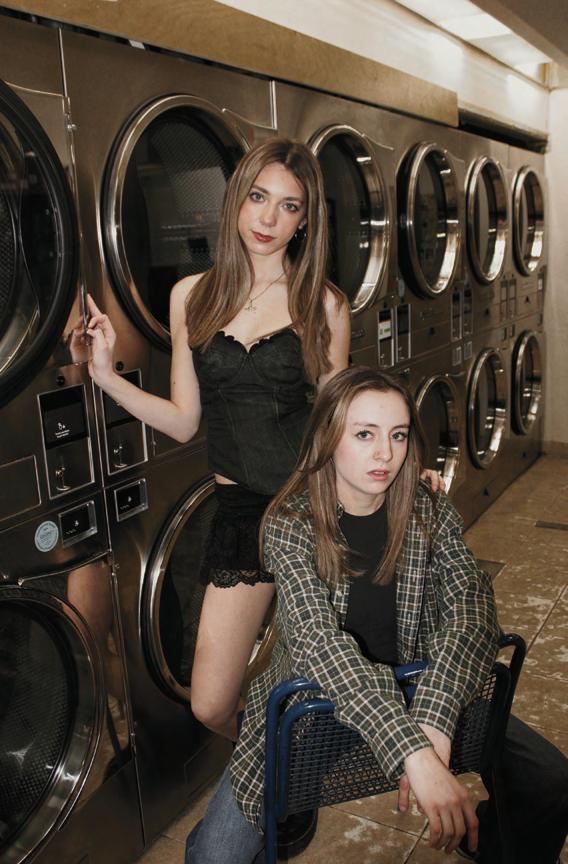
Since then, the original and unique style has become part of the mainstream. Even today, shoppers can find cheap replications of Nirvana T-shirts at Urban Outfitters and Hot Topic. It seems almost senseless — designers selling items that could be found at any local thrift store for a fraction of the cost. What began as an act of rebellion was repackaged for the commercial gain of the elite.
Fast fashion today runs rampant, causing immense waste and exploitation. Shein — a fast-fashion brand — made over $2 billion in 2023, according to an article from Reuters, with over 92 million tons of textile waste ending up in landfills every year. This is a harmful cycle that continues to cause damage to both people and the environment.
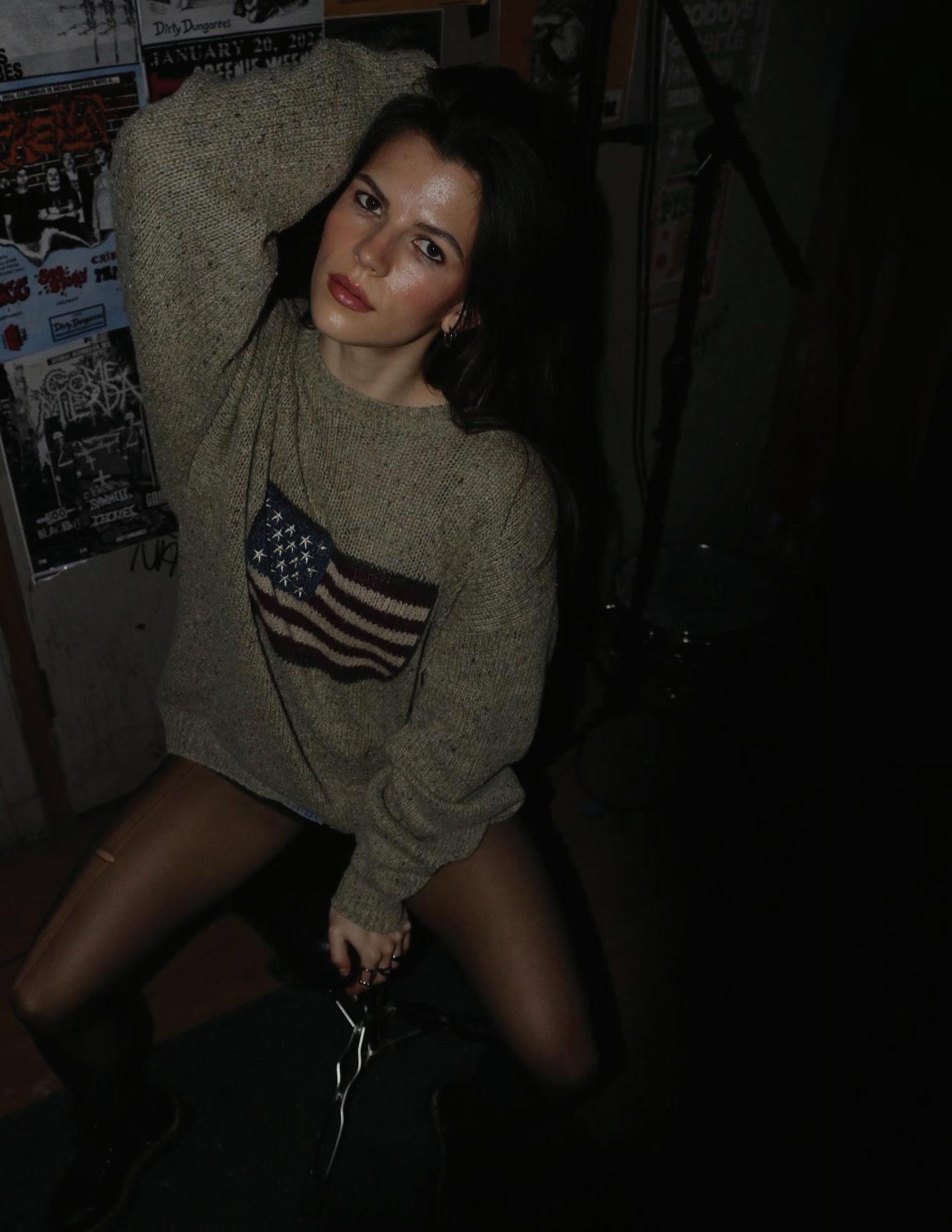
The current trend cycle is also shifting into a more conservative and elitist space, with tradwife — an abbreviation of the term, “traditional wife” — and quiet, luxury styles gaining traction. These styles are characterized by traditional gender roles and modesty, with the term tradwife garnering over 64.3 million posts on TikTok, illustrating this shift.
Everyone wears clothes, and what you wear is always a statement. Even with simple jeans and a T-shirt, you are inevitably saying something. By turning away from the trend cycle and focusing on individual values, you can apply the method of revolution used by the grunge movement to your own life.
Fashion has always been political; from armbands in the Civil War to safety pins during Brexit to the anti-establishment feminine revival of the Riot Grrrls. By going against the commercial clean clones and dressing in unique and whimsical ways, you are not only able to express yourself, but also to defy the norm. As Kathleen Hanna, singer of Bikini Kill and friend of Cobain, sang in their song Rebel Girl, "We are the revolution."
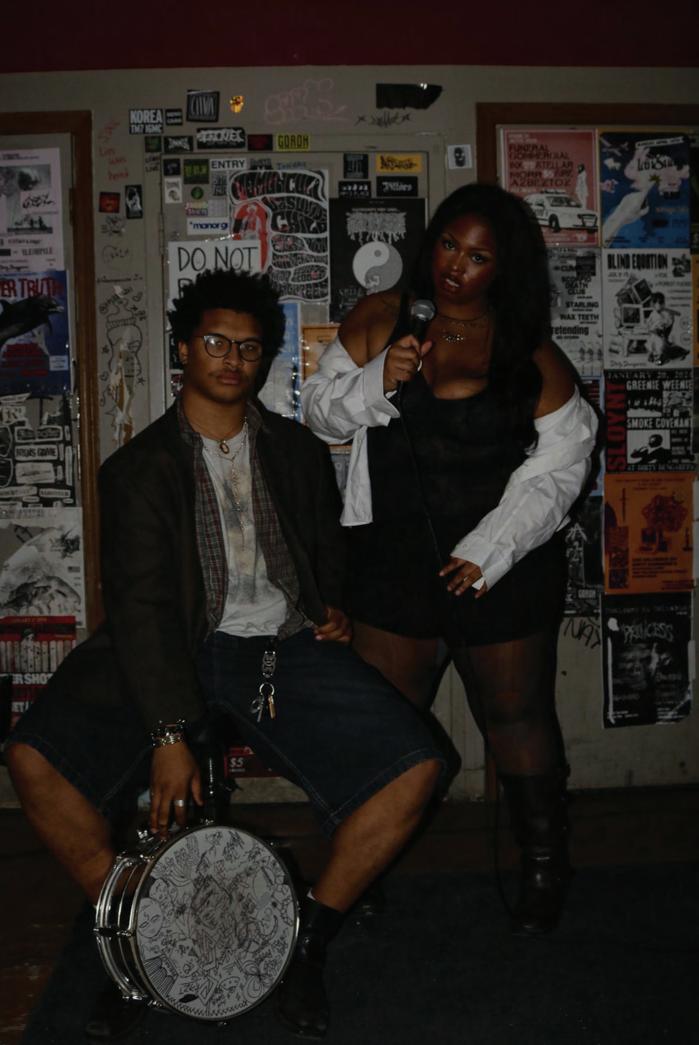
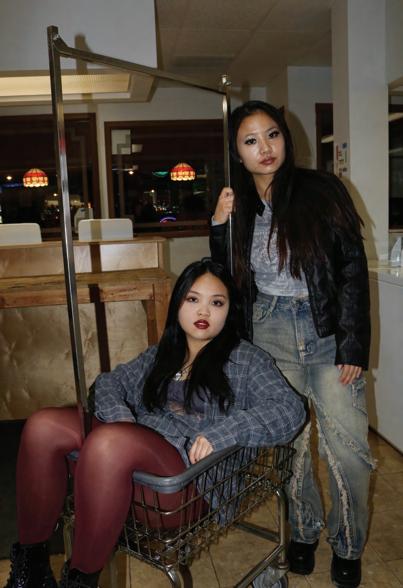

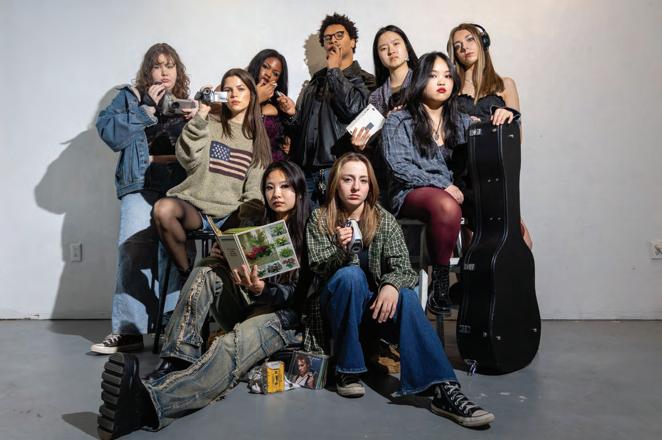

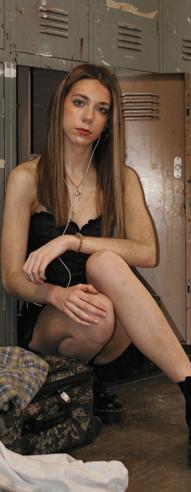
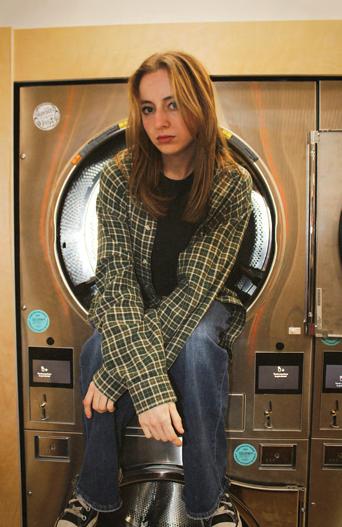
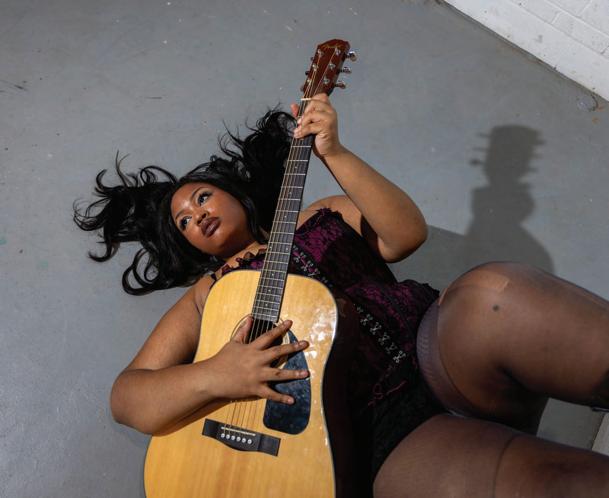
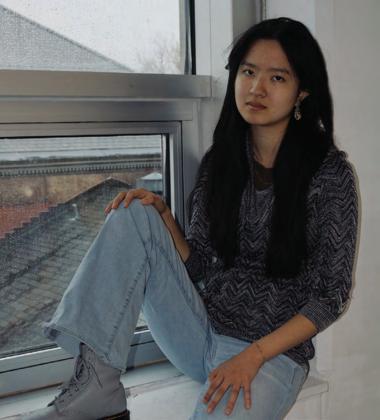
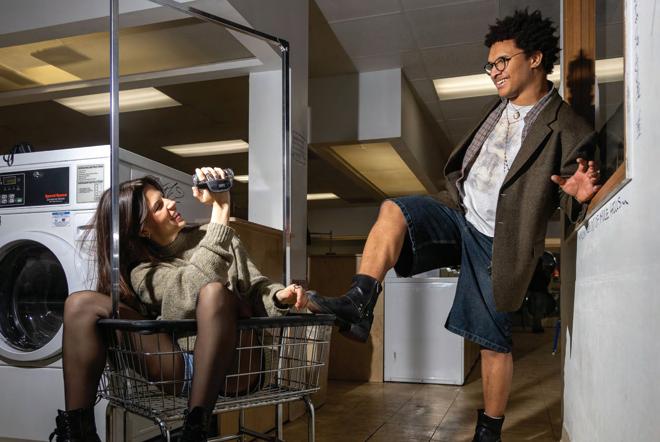
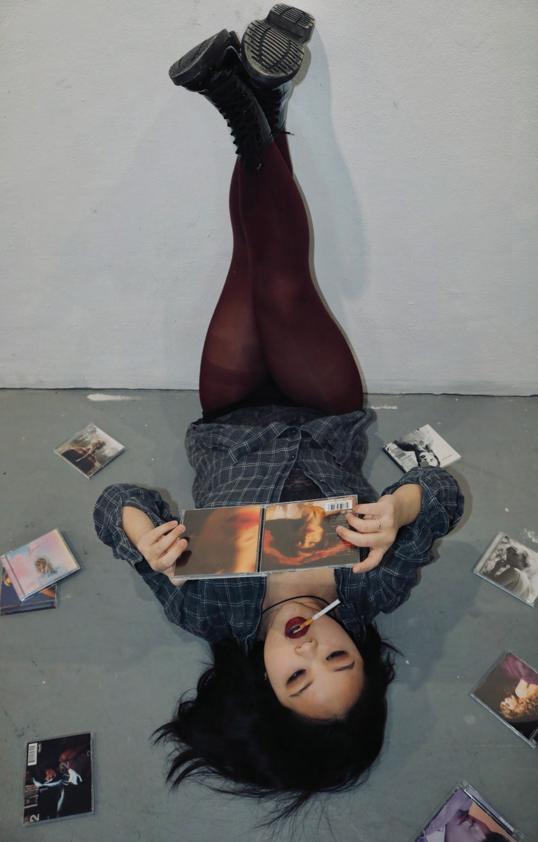
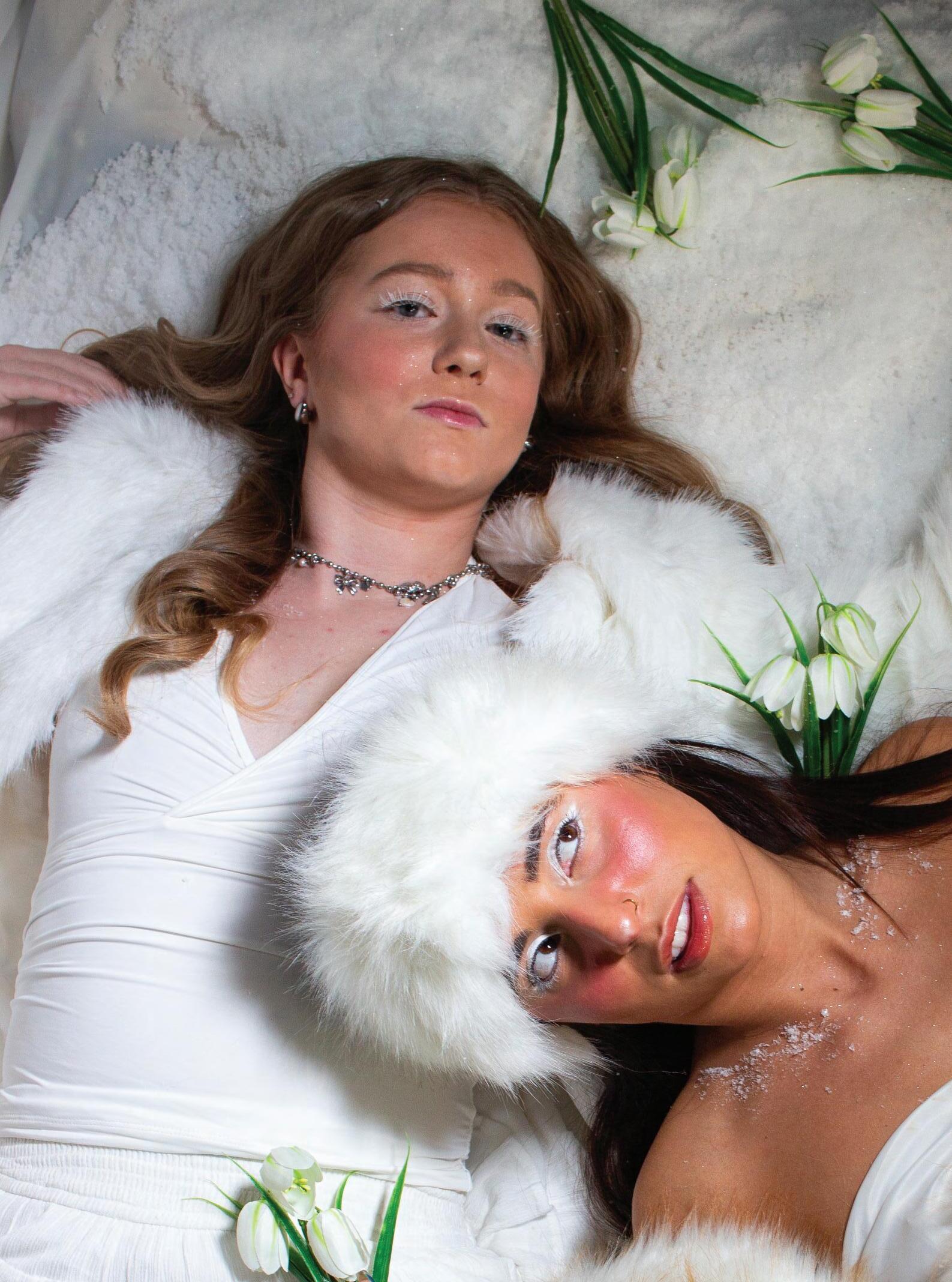
remaining light in a season of darkness

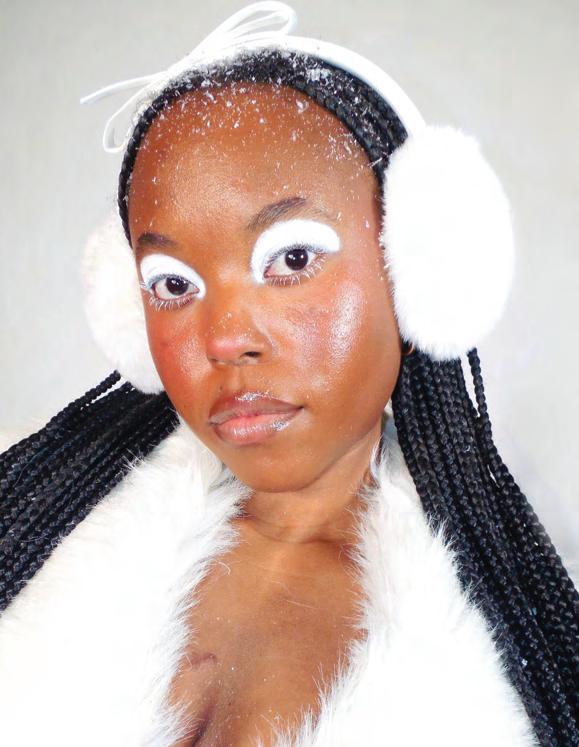

When winter blankets the world with a quiet, white ambience, life itself seems to stop. Suddenly, the snowdrop blooms from the frost. One of the first flowers to pierce through the snow, the snowdrop carries an important message: the time has come to be born anew.
The flower’s exterior defies the cold, dark moments associated with wintertime, instead brightening life with its delicate petals standing strong against the winter breeze.
For many of us, winter is not just a season of cold winds, mushy snow and dry air, but also a time of emotional struggle. Seasonal affective disorder (SAD) is a form of depression that occurs during different seasons, making many of us — just like a flower — wither.
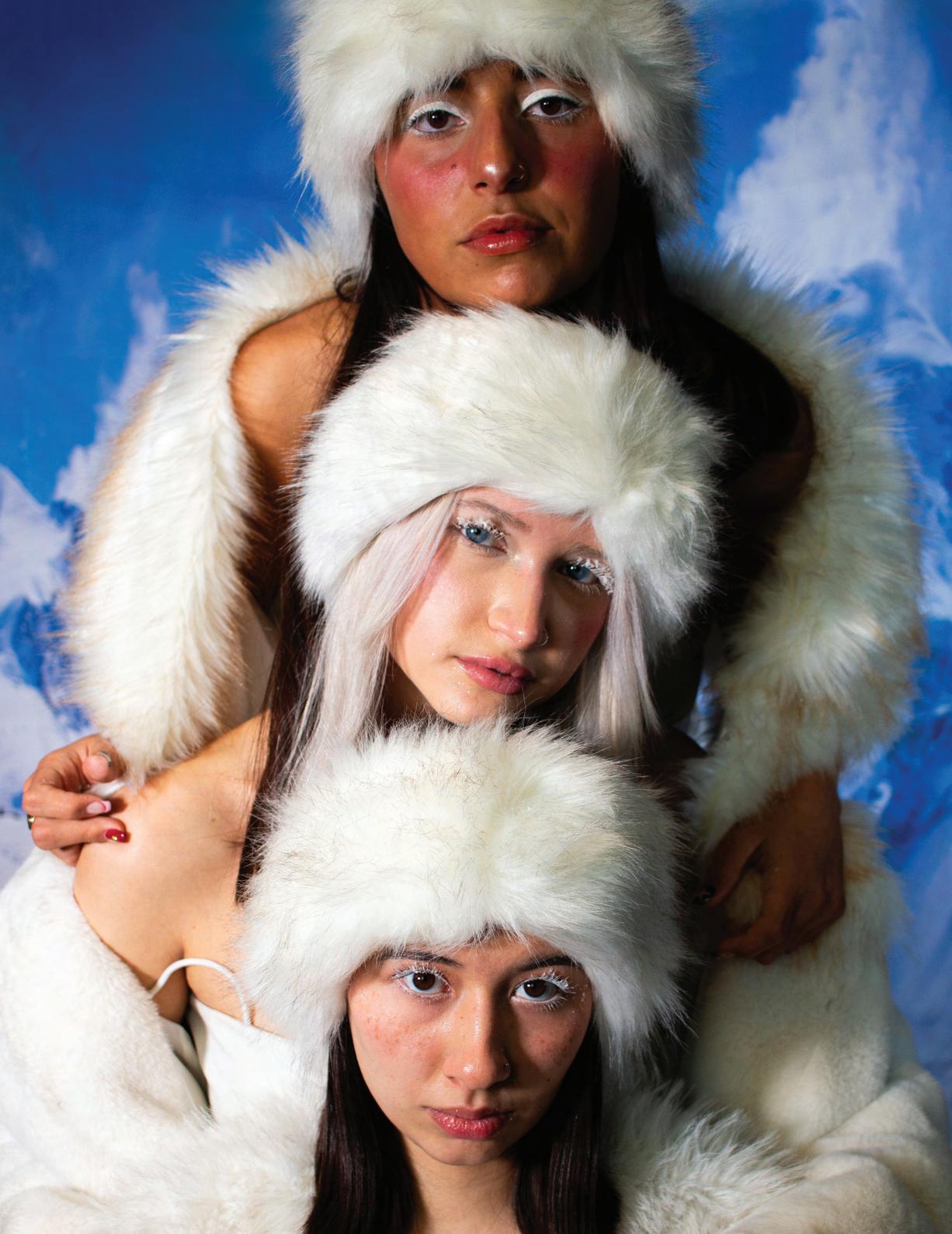

According to an article from the Mayo Clinic, SAD is linked to reduced sunlight exposure, which leaves many vulnerable to “the winter blues.” Through disrupted circadian rhythms and lowered serotonin levels — the chemical responsible for mood regulation and contentment —it’s not surprising that SAD is most common in the winter months.
We may not realize it, but our amount of time spent in the sun really does affect our mood and emotions. According to the National Institute of Mental Health (NIMH), vitamin D deficiency, often caused by limited sunlight in the winter, is a leading cause for fatigue, sadness and difficulty concentrating. These factors, along with weather-induced isolation and reduced levels of physical activity, come together to make this a challenging time for many.
It can be easy to feel socially disconnected and drained throughout the colder months. The snowdrop, however, reminds us to be strong; it acts as a great representation of resistance and encourages us to hold onto moments of positivity, however fleeting. Whether that be a kind word from a stranger, getting out of bed on a particularly difficult day or an unexpected spot of sunshine, these moments are the building blocks to our healing.

Research from the American Psychological Association (APA) suggests that light therapy — a mood-regulating reproduction of natural sunlight —can significantly improve symptoms of SAD. Not to mention, spending time in the sun boosts our vitamin D, allowing us to feel stronger and brighter.
Aside from the simpler fixes, we can look outside of ourselves for inspiration. For example, a Japanese method of relaxation called shinrin-yoku encourages individuals to immerse themselves in nature, the goal being to focus on sensory engagement and connect with the natural environment.
According to the Japan National Tourism Organization, shinrin-yoku, or forest-bathing, gives individuals a digital detox. It’s easy to become overstimulated in such a face-paced world, and this practice can help people regain their footing.
Forest-bathing doesn’t require running, climbing or any strenuous exercise; instead, it’s meant to be a means of appreciation for one’s surroundings. Listen to the birds chirp; sink into the sounds of the rustling bush or the trickling stream.
In the winter, there’s a uniqueness in nature that we don’t usually see. The leaves are gone, revealing jagged branches that open up space and give us time to focus on where we are, who we are and how we feel.
Another mood-boosting technique is called hygge (pronounced hoo-ga). Hygge is a Danish word that can be translated to coziness and contentment, and according to the Ministry of Foreign Affairs of Denmark, hygge is about taking time away from the daily rush to relax and enjoy quieter moments. Surround yourself with loved ones and anything that brings you peace.
Hygge is not just about physical comfort, though. Fostering a gracious mindset and presence during those times is extremely important. By changing our outlook on our daily hardships and stressors, we can intentionally design our lives to enjoy winter with warmth and joy.
The focus of hygge is simplicity and togetherness. Danish culture represents this through candlelit meals, sipping wine or beer, enjoying sweets or cuddling up in a blanket. There is no schedule or arguments — only time to unwind, engage in thoughtful conversations and savor life’s little pleasures.
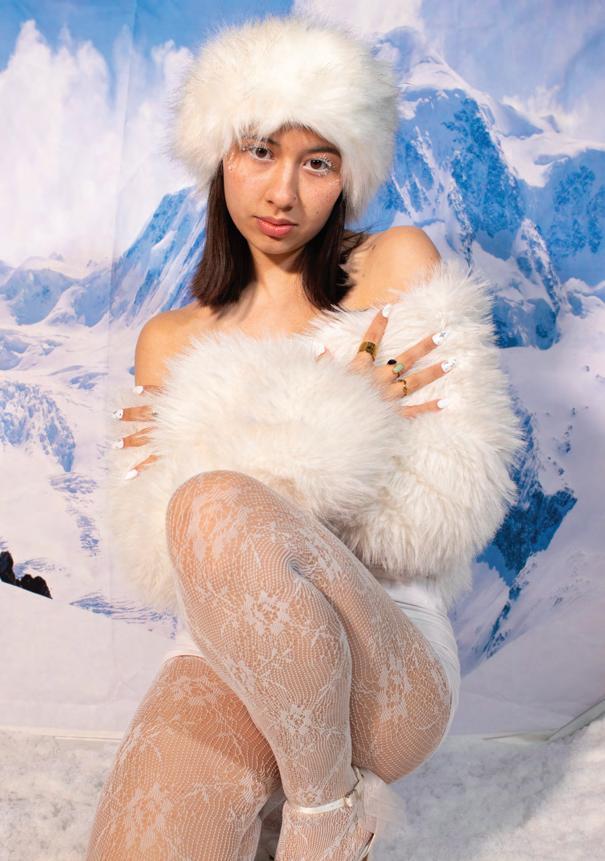


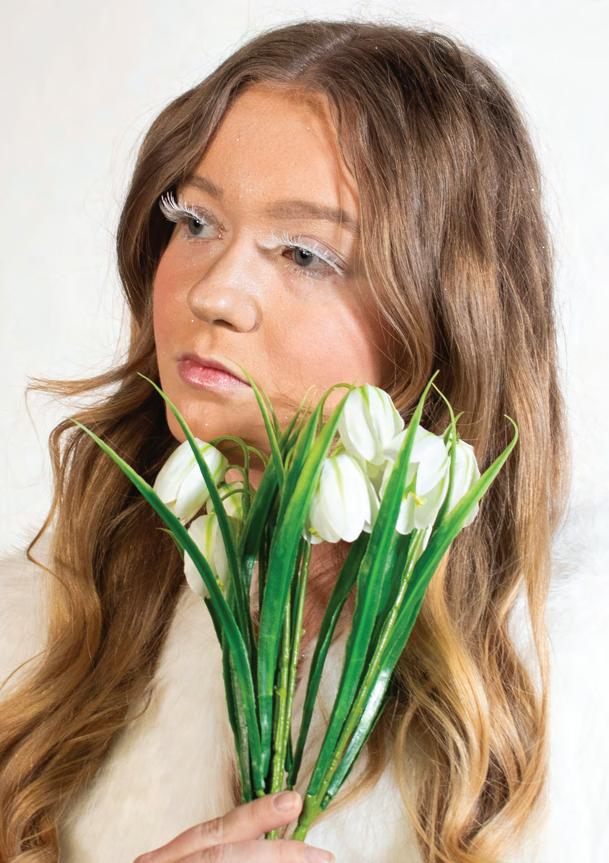
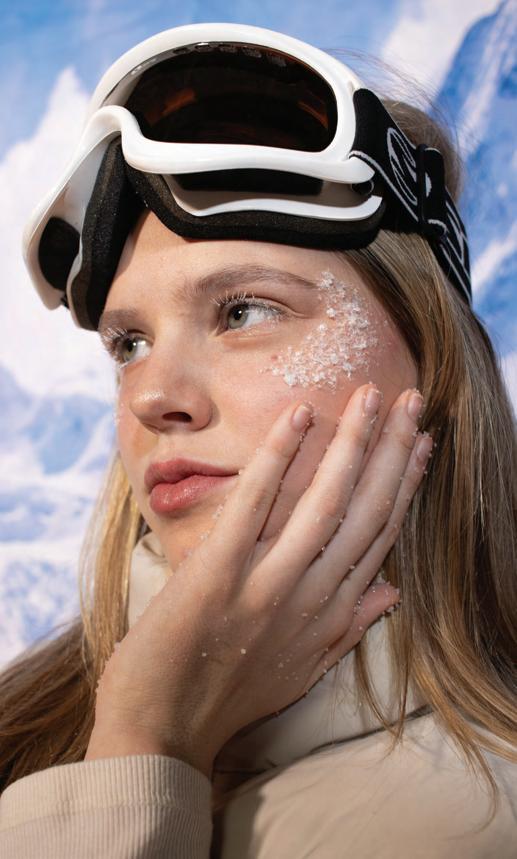
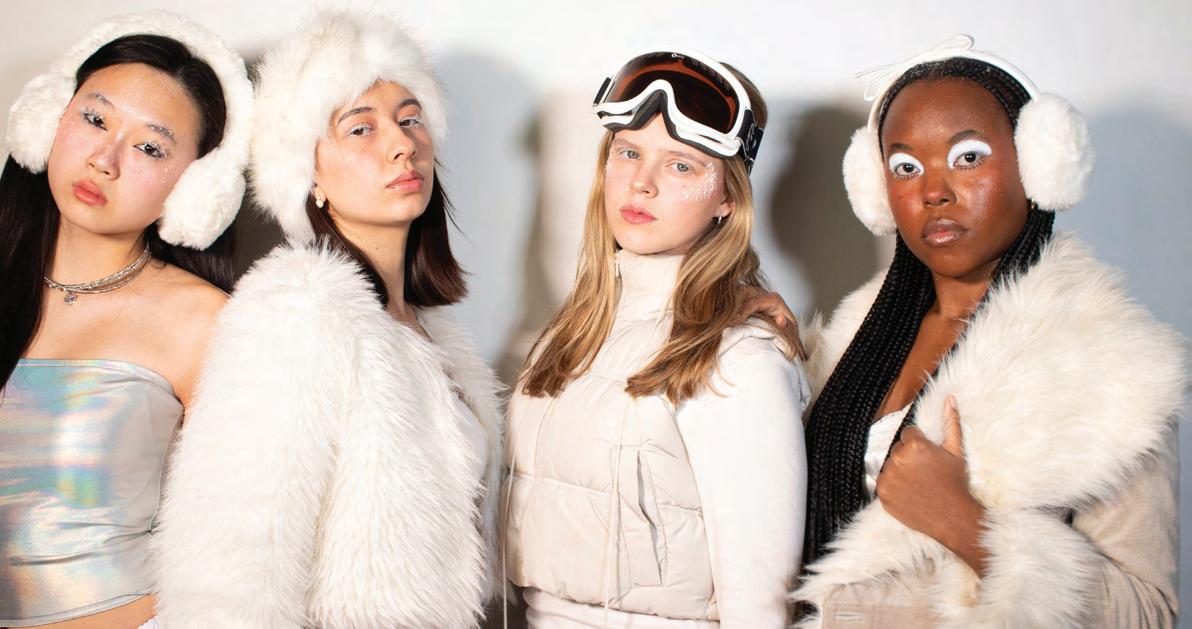
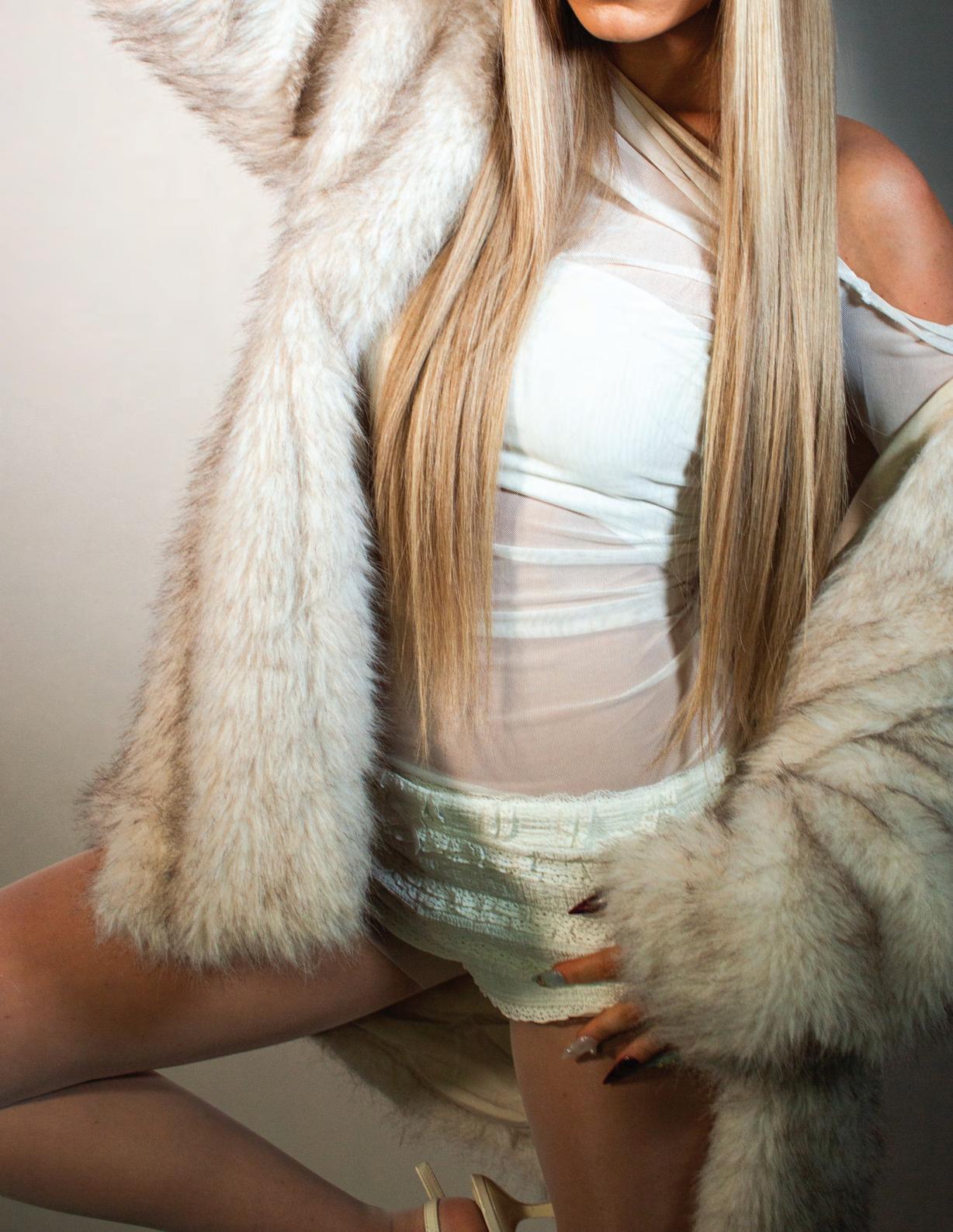
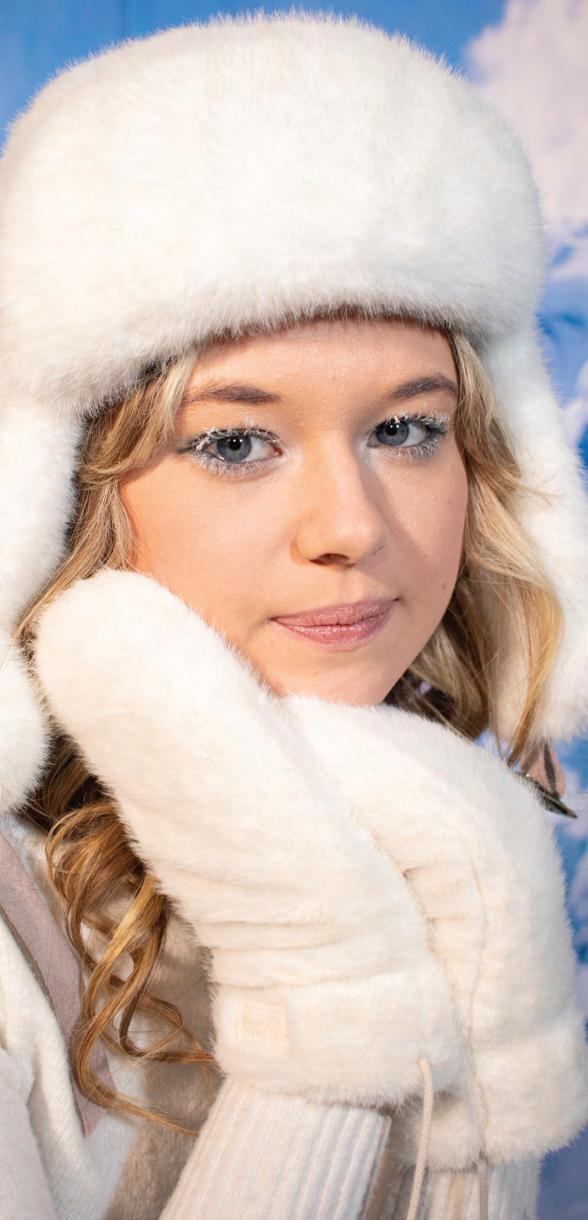
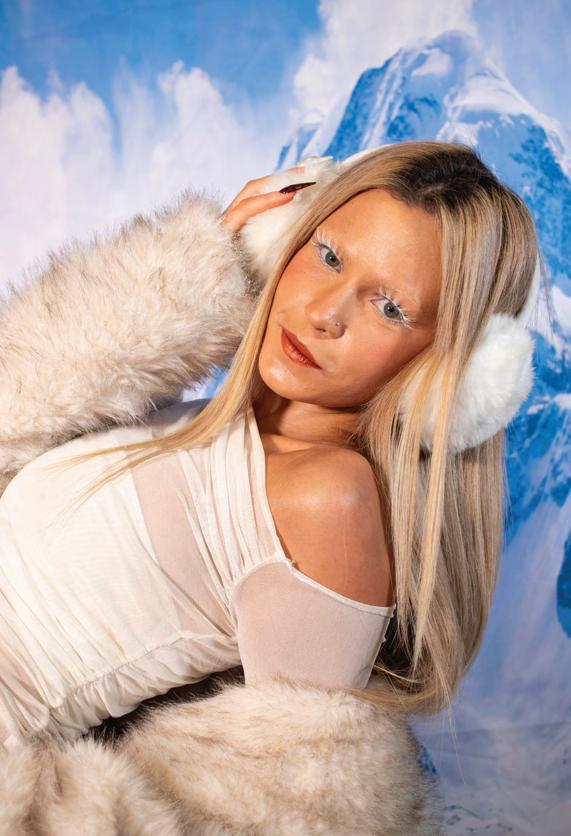
Mental health challenges can feel overwhelming, but it is important to remember that they are not permanent.
Just as winter warms to spring, our struggles can give way to growth and renewal. And when all else fails, think of the snowdrop.
The flower holds a message; a message of hope. Even when the world feels dull, monotonous and frozen, there is life beneath the surface, just waiting for the ice to break.
Let us cherish the slow, easy moments that winter brings us; the nice cup of chamomile tea; the gathering of friends on a quiet night; the crunch of snow underfoot. Our time will come to renew our passion and reconnect with the natural world.
Spring is forthcoming; new beginnings are ready to bloom.
Photo Credit: Maggie Harkins
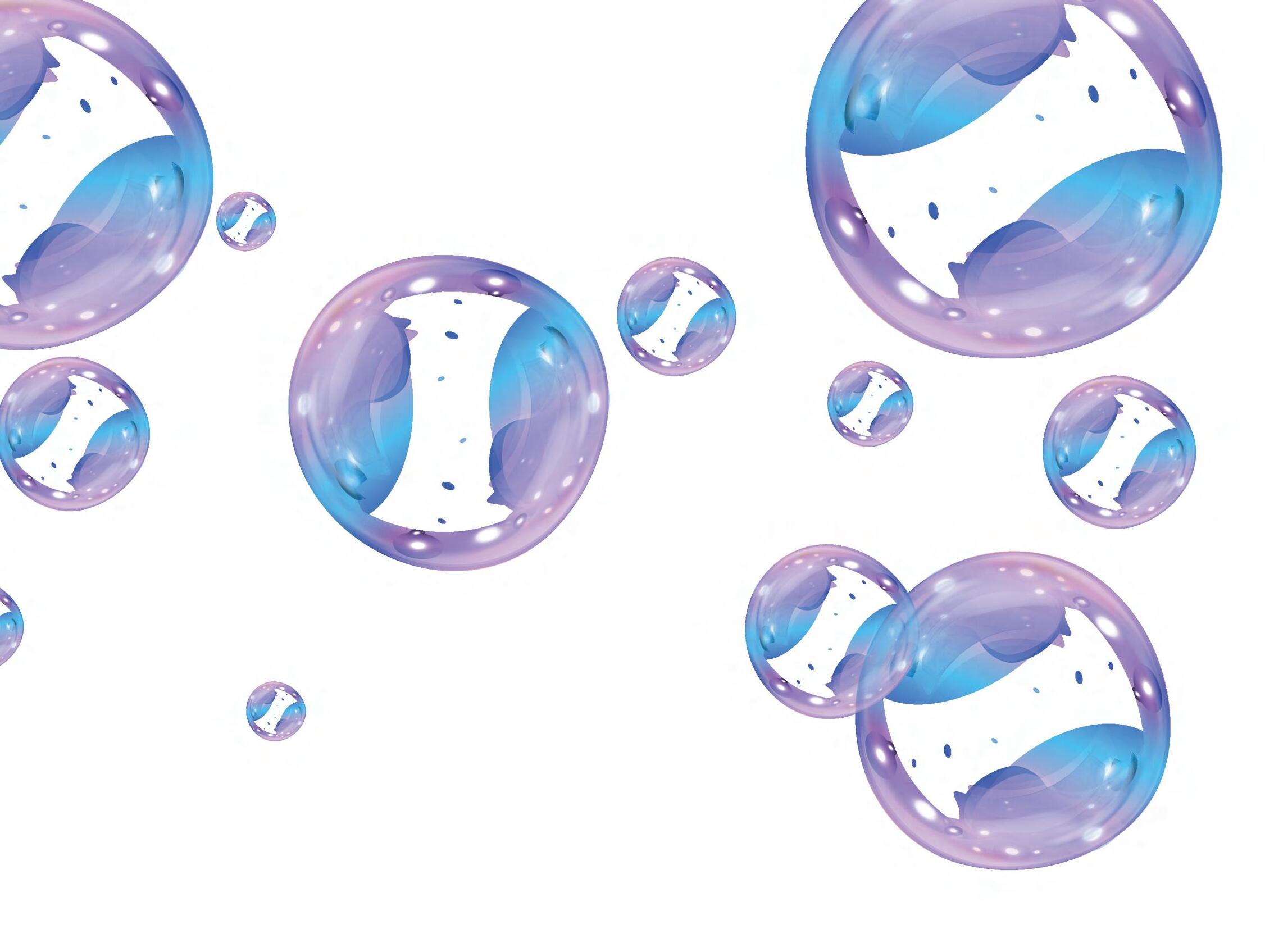
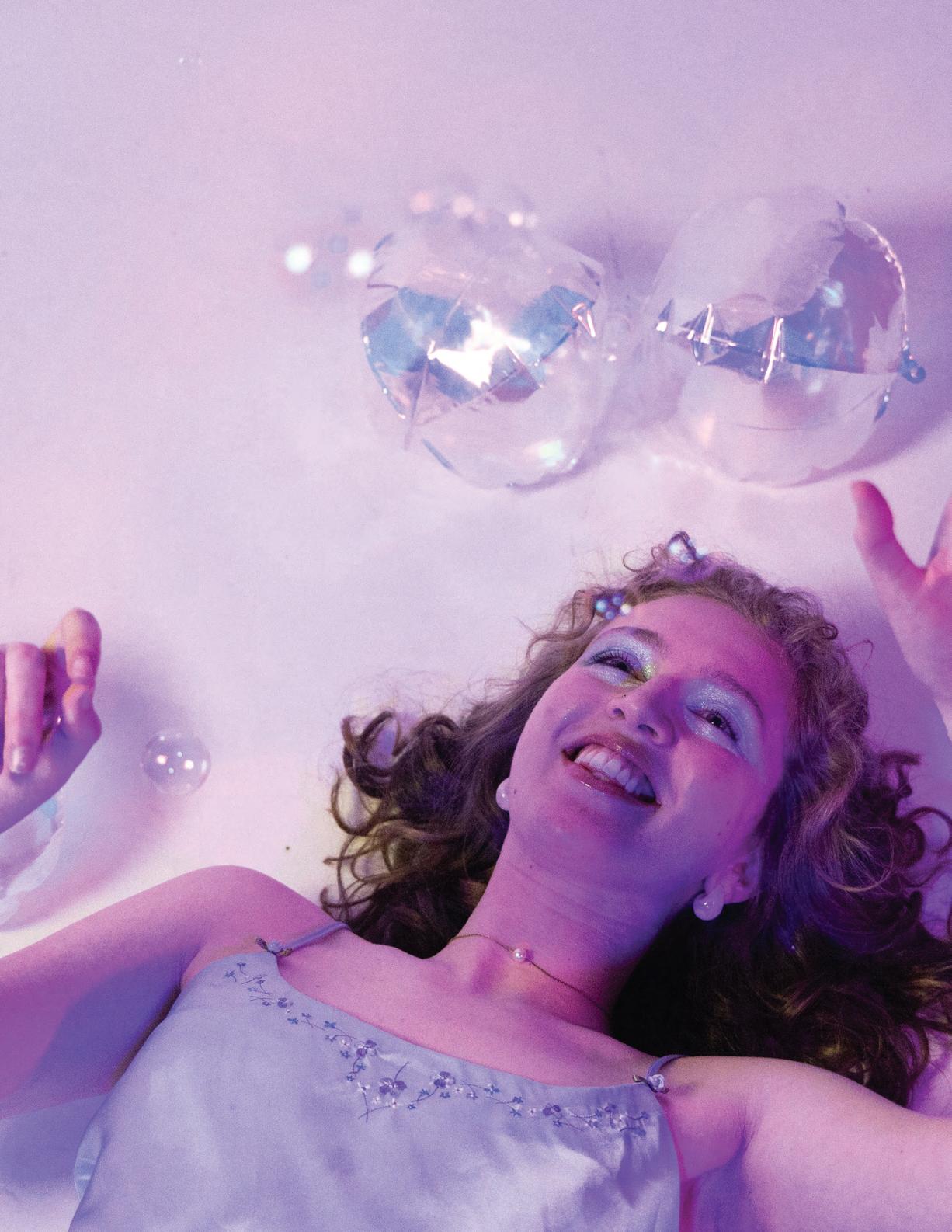
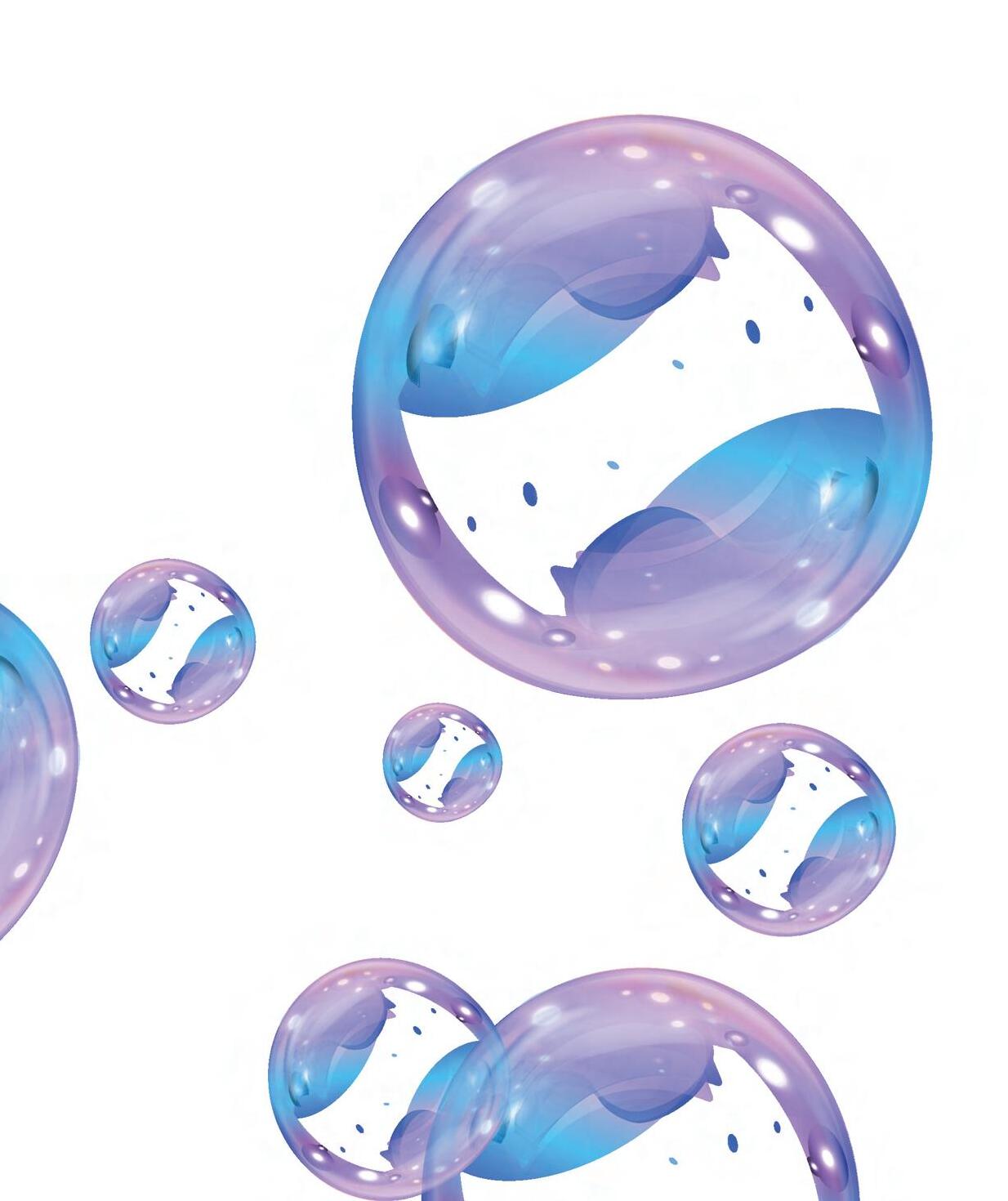

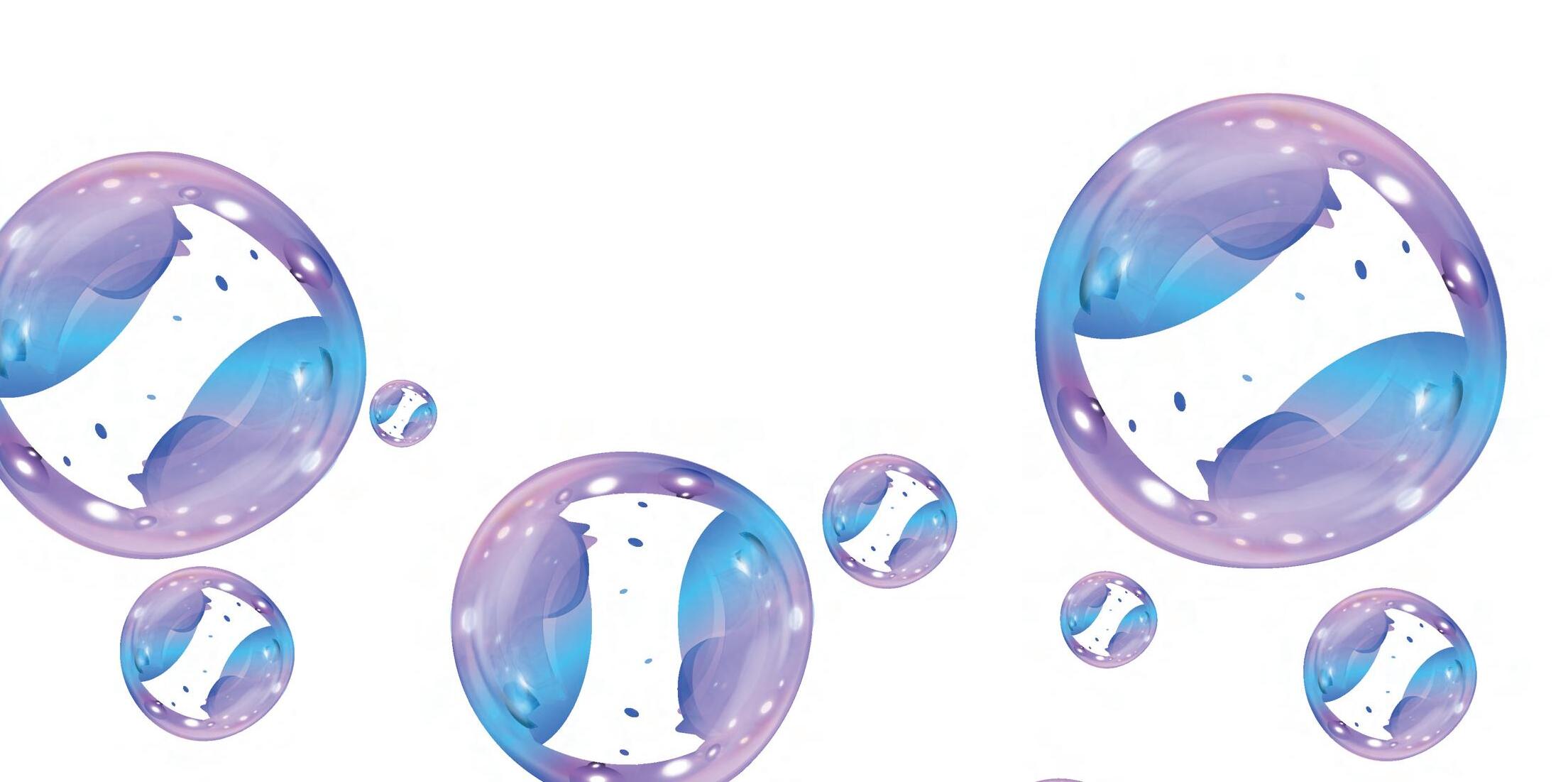

Floating up to meet us here is the bubble. From shaping skirts to blowing minds, this iridescent
The bubble-shaped skirt or dress — described as “a childhood Pinterest board and a ‘90s fever dream” — first appeared in the 1950s, according to an article from HELLO! Magazine. While originally popularized by French designer Pierre Cardin, the bubble skirt reappeared in a grand way in the 80s, taking the iconic
The fashion industry hasn’t only harnessed the bubble as a shape, however. The bubble has been making its way back into fashion discourse for years now, using its whimsical nature and childlike spirit as an easygoing reminder of the past.

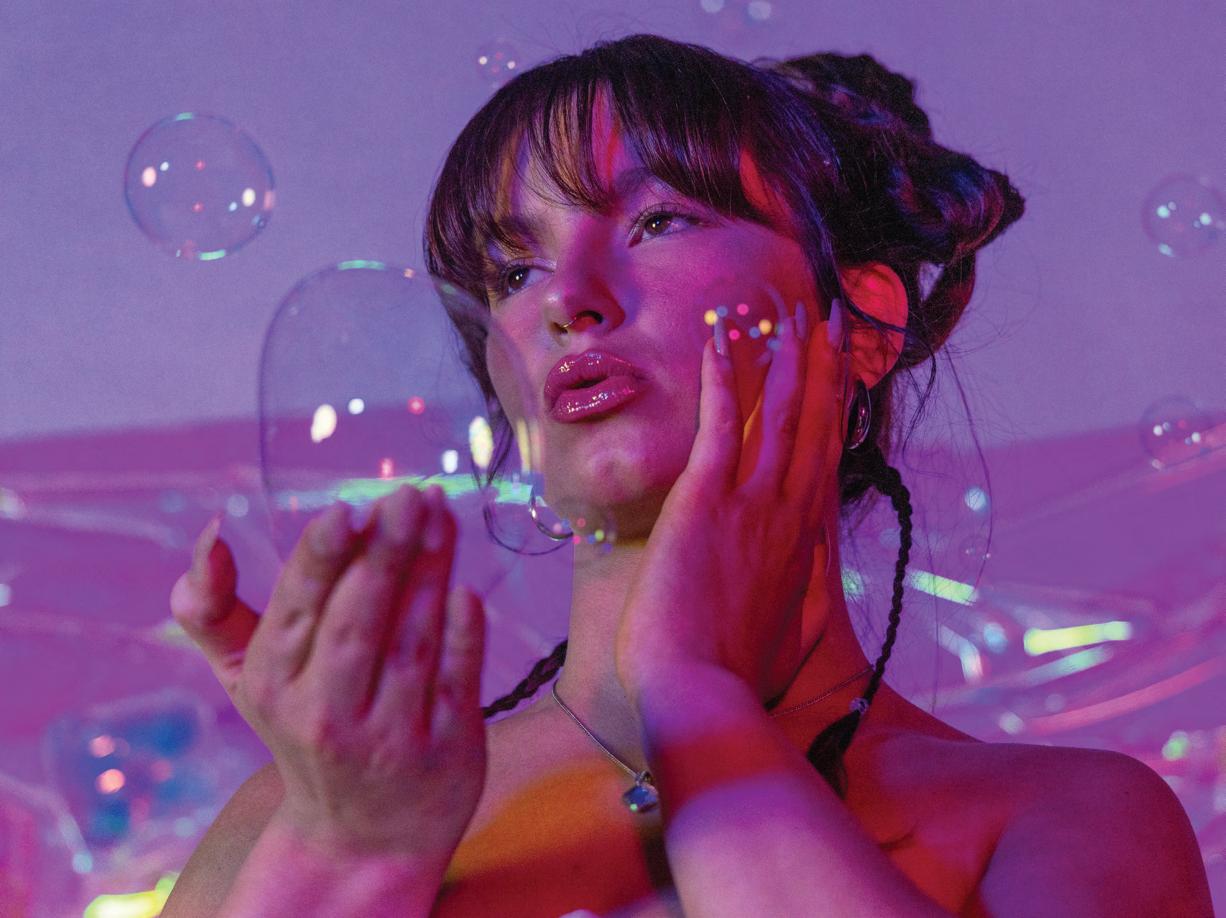
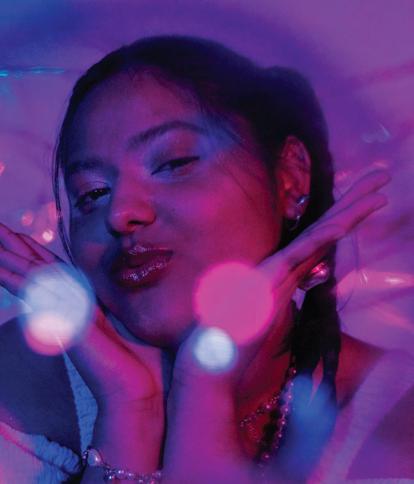

item can free anyone from the painful shackles of gravity.
In the end, the bubble truly is the simplest representation of freedom and spontaneity. Both abstract and enduring, it acts as a point of simultaneous safety and expansion. Fashion aesthetics have taken this image to heart, returning to youth and innocence with the presentation of pastels and shimmering fabrics.
In a recent showing at New York Fashion Week (NYFW) 2025, Sandy Liang thrust into the limelight a collection full of light pinks and blues, straight dresses and lace. The current fashion leader in girlhood and nostalgia, according to Vogue, Liang returned everyone in the audience to that childhood bubble.
With clean faces, free of any type of statement makeup, models walked the runway in these simple styles, golden stars and first place ribbons adorning their dresses. Completely embracing their theme, the brand went so far as to use actual toys in their clothing, sewing doll’s outfits onto the bodices and layering strings of pearls along the models’ necks.
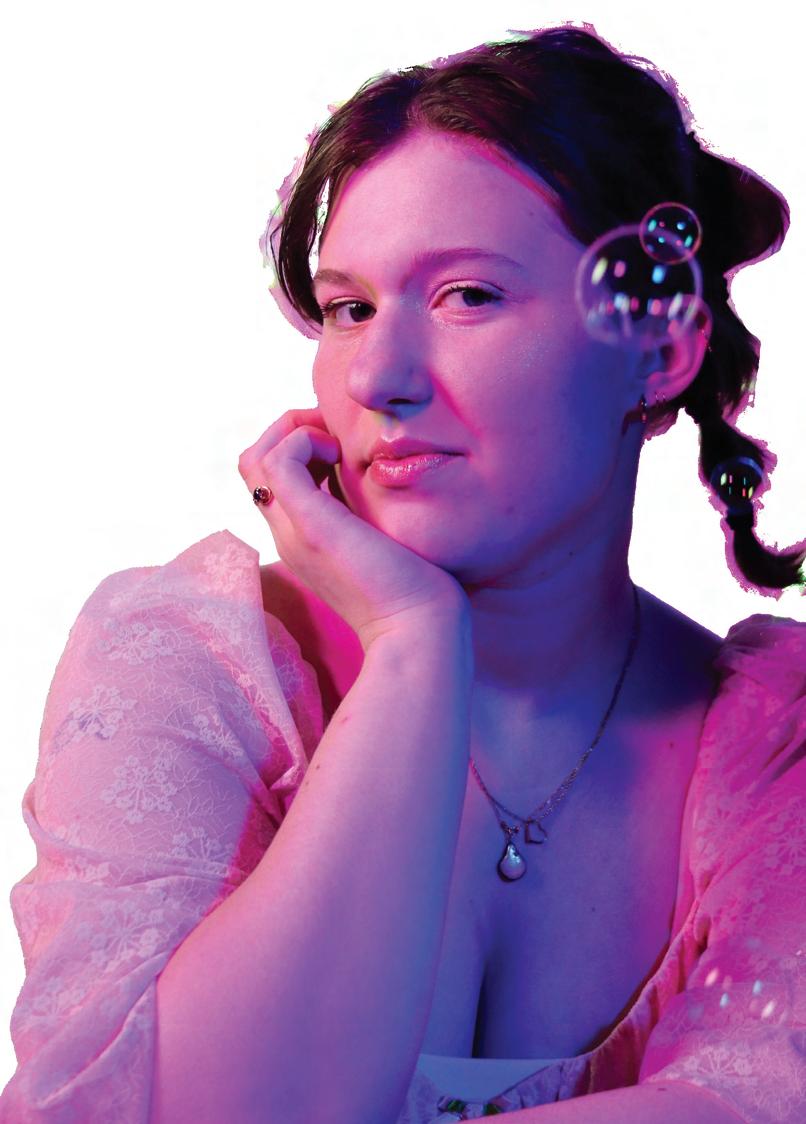


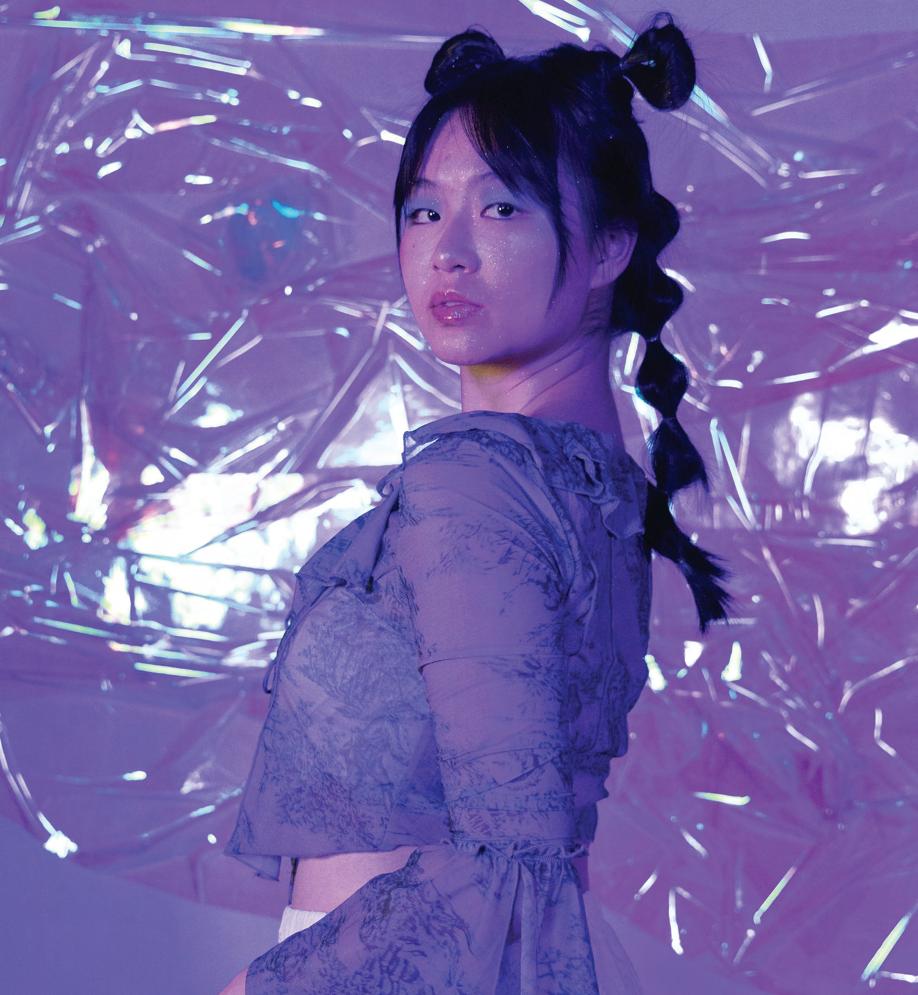
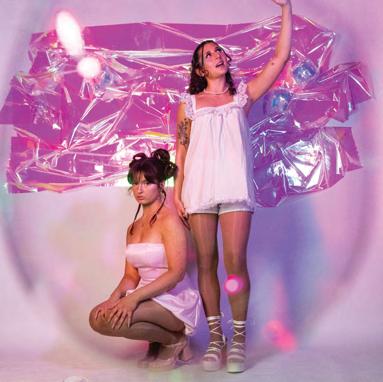
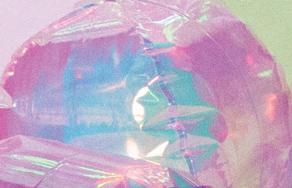

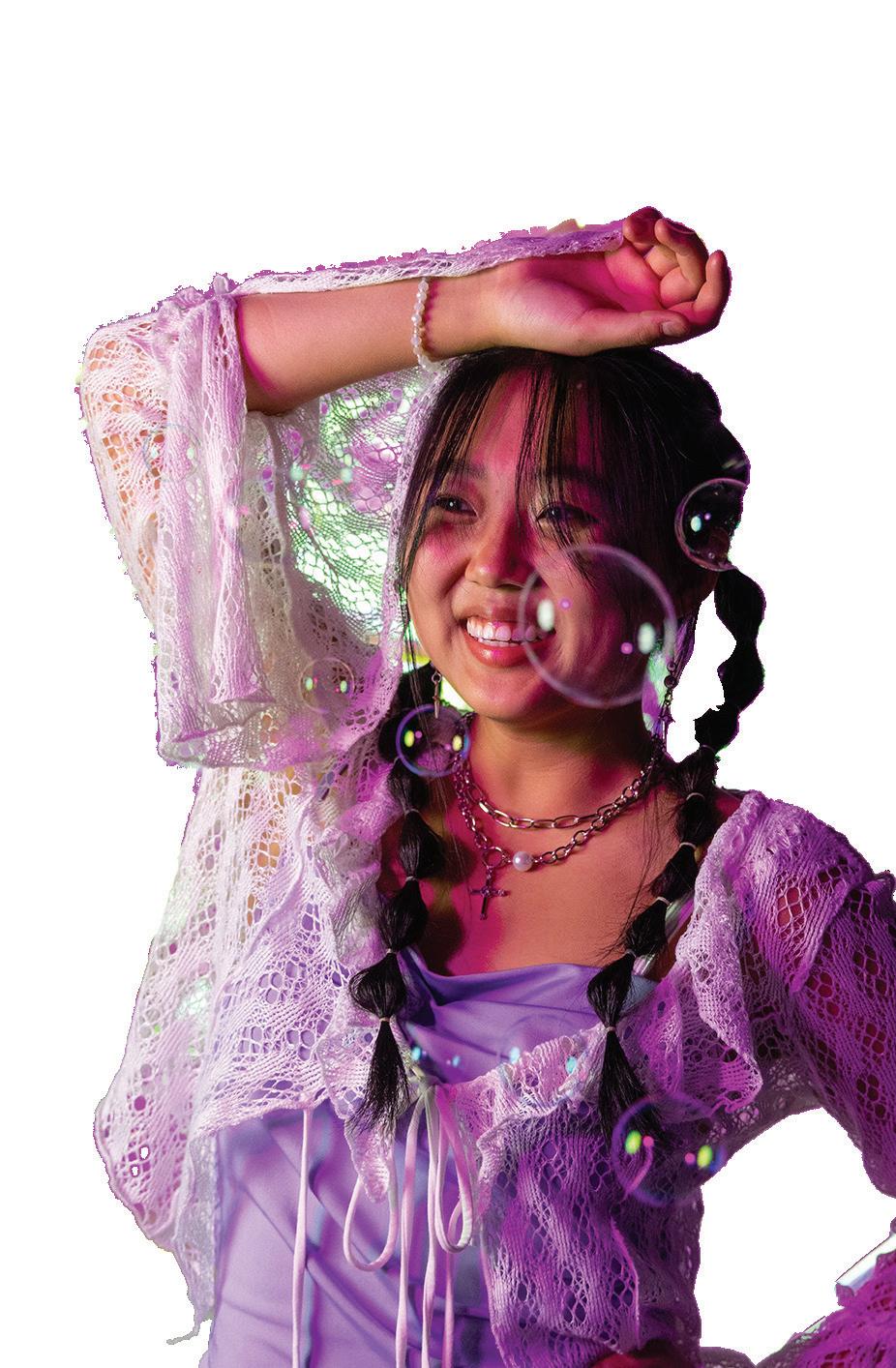


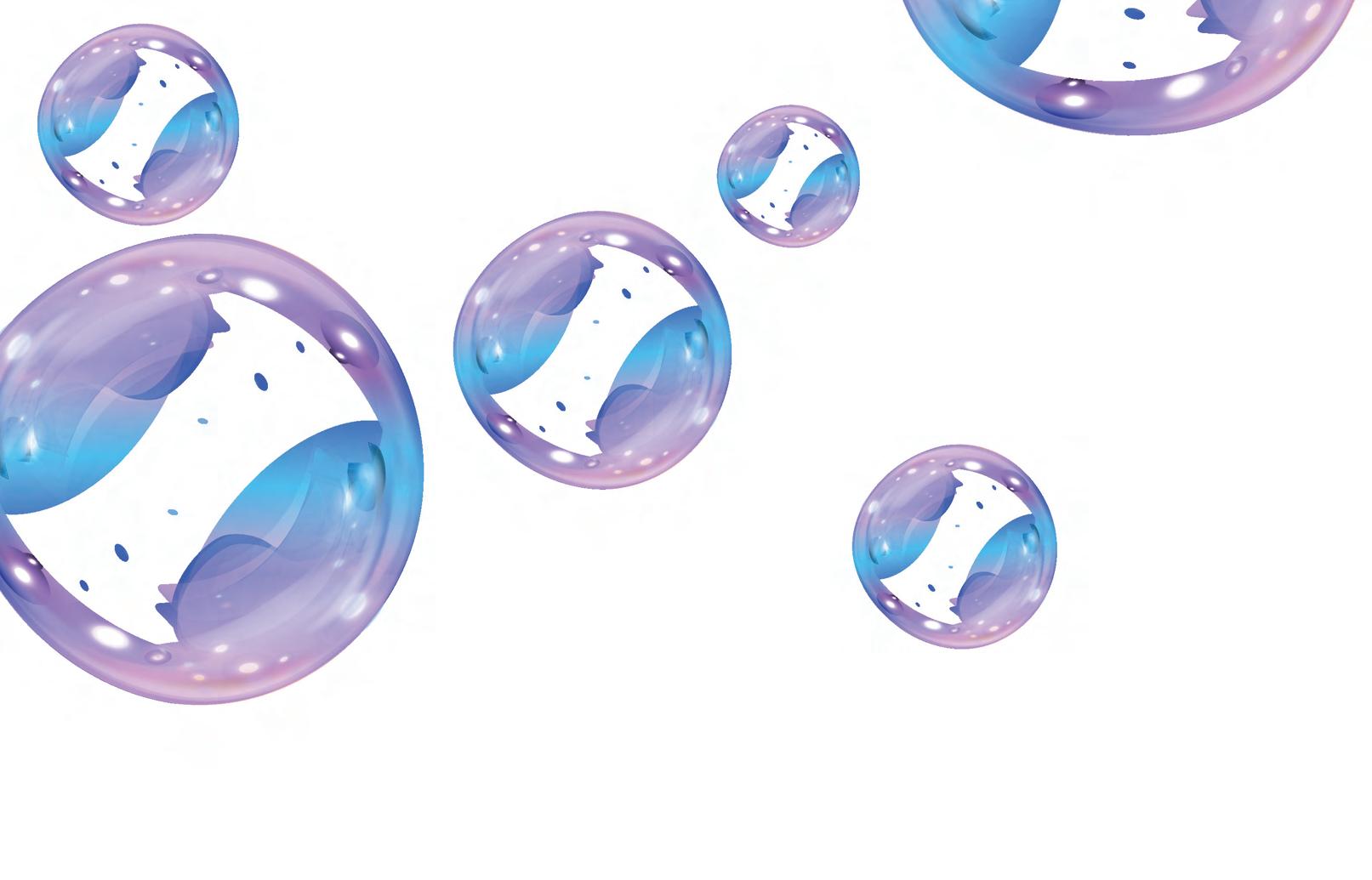
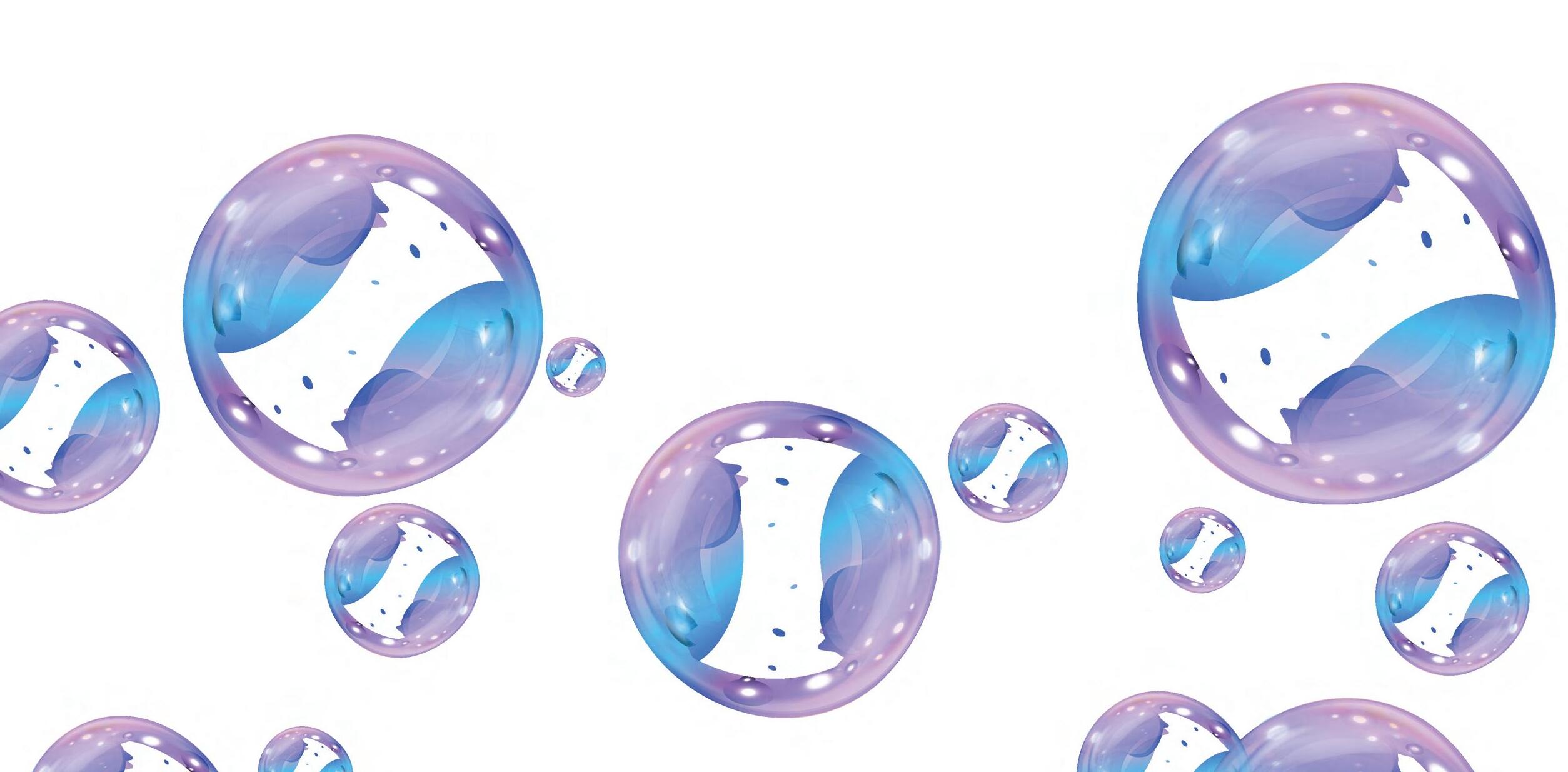
Author: Olivia Schweinhagen
Photographers: Allison Ho, Wassia Mohammed, Meg Resweber
Layout: Emerson Lepicki
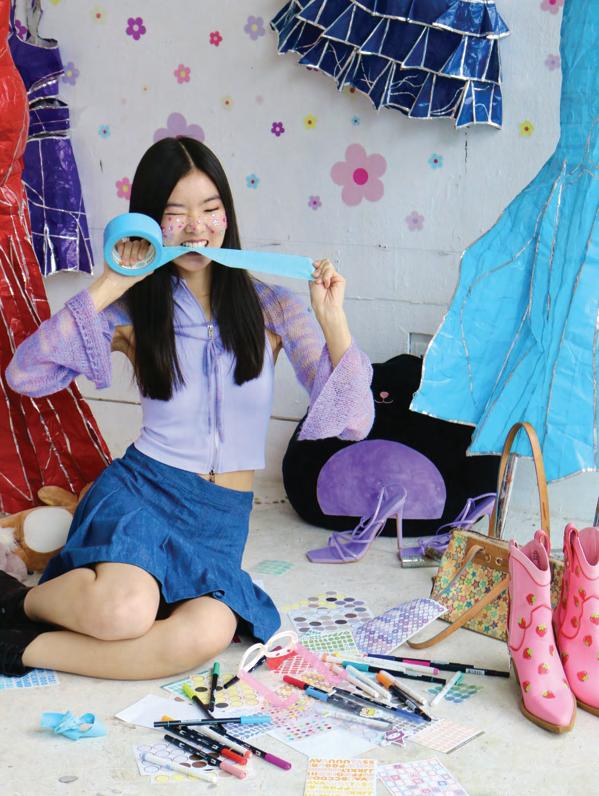
Since we were children, getting older has been the dream; growing up and being able to live life the way we want to. Little kids try on their parents’ clothing, wobbling around in high heels with too-big ties hung around their necks. They grapple with mascara wands and order their siblings around, certain that they’re ready for that grand, distant idea of maturity.
Now that we’ve actually grown up, however, it seems that all anyone focuses on is the reclamation of youth. While trends have always been cyclical, the recent styles entering the spotlight have seemed to surround trends sourced from the last decade, rather than years prior.
From the Y2K resurgence — marked by low-waisted jeans, baby tees and rhinestones —to the bow-filled era of the “coquette” trend, Millennials and members of Generation Z have revisited integral pieces of their upbringing through fashion.
This isn’t only prevalent within the fashion industry, though. Pop culture focuses almost entirely on the beauty and freedom associated with youth — not to mention, the inevitability of its departure. Think of the number of songs about this very topic; it’s no surprise that musicians are at the heart of this cultural phenomenon.
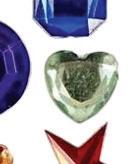

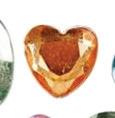

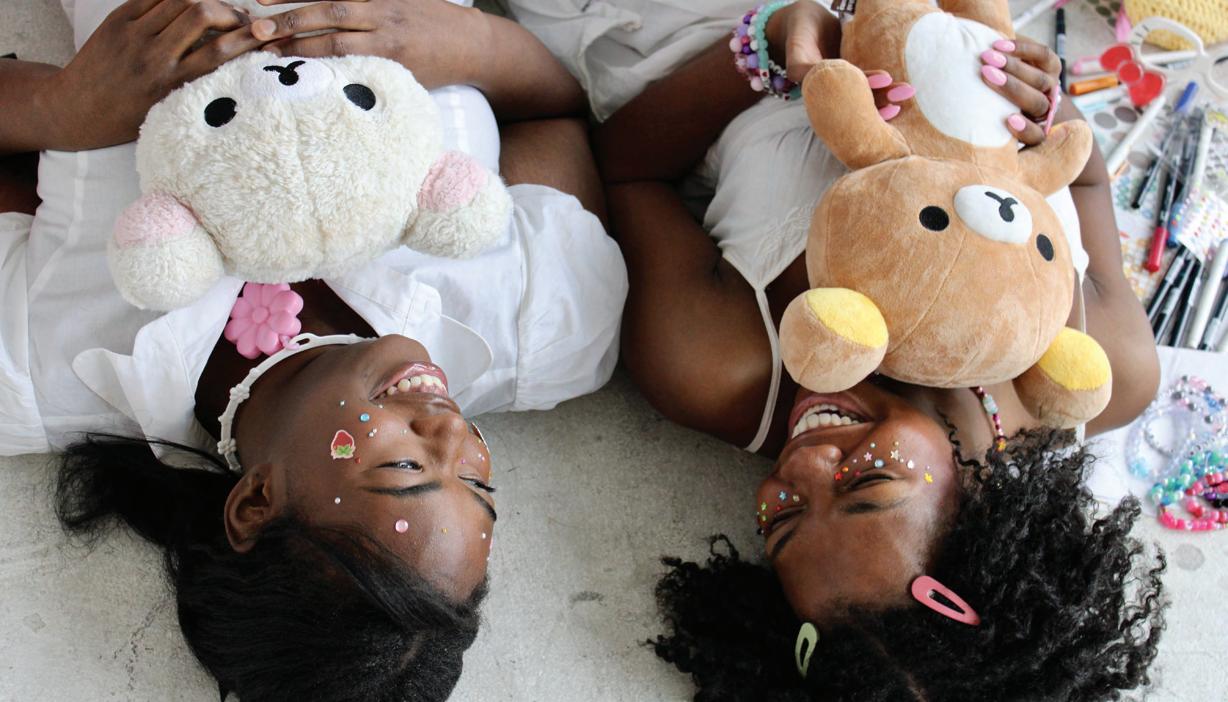
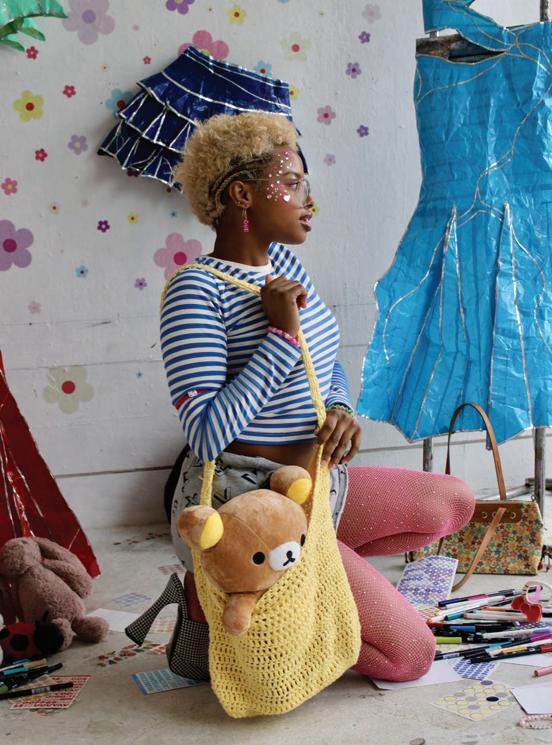
Taylor Swift once wrote, “Never Grow Up.” In the song, she recounts memories of her youth, singing to her past self about the joys of childhood. She reminds the listener that adulthood can feel cold and lonely; there’s nothing quite like the safe embrace of a parent before striking out on your own.
Ms. Swift wasn’t the first to sing about this topic — not by a long shot. Bob Dylan, with his hit song, “Forever Young,” sent up a prayer for eternal youth. John Cougar Mellencamp used the song, “Small Town,” to pay homage to the place where he grew up, urging his listeners not to take their hometowns for granted.
No matter where you look, the desire for adolescence reigns supreme. It’s true that alternative fashion and the punk movement may have guided bands like The Who through their call for youth, but even in the modern day, artists like Olivia Rodrigo routinely document their coming of age through music and fashion.
While Rodrigo has opted for cute stickers and butterfly imagery in the wake of her fame, it clearly acts as an ode to her time spent as a child actor and the difficulty of being taken seriously in adulthood. She integrates themes of naïveté and heartbreak into her music, with many of her videos and artistic concepts being reminiscent of coming-of-age movies from the 1990s and 2000s.
Photo Credit: Waasia Mohammed
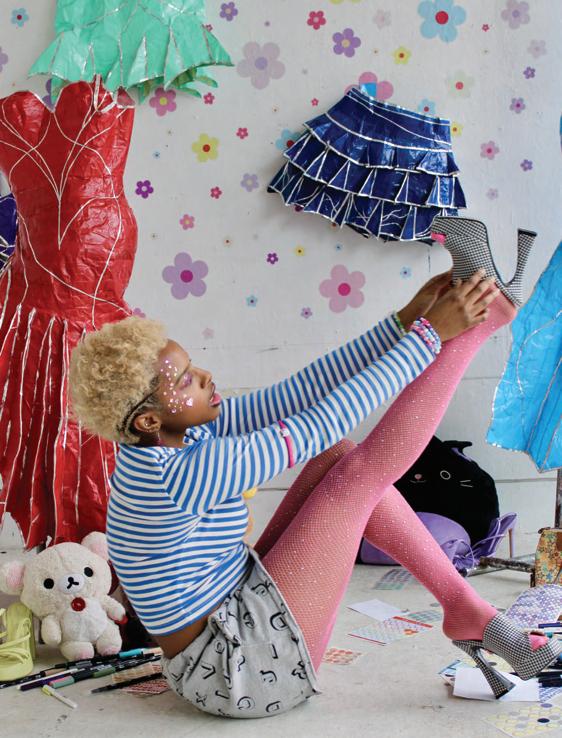
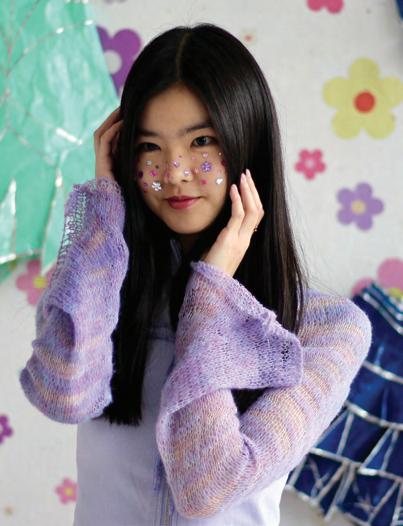

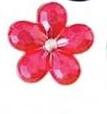
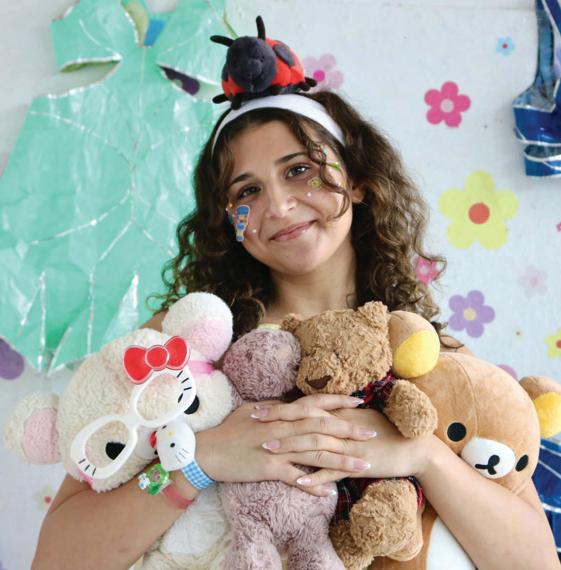
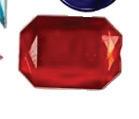
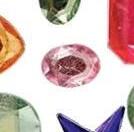
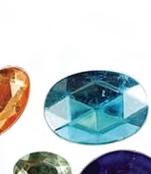



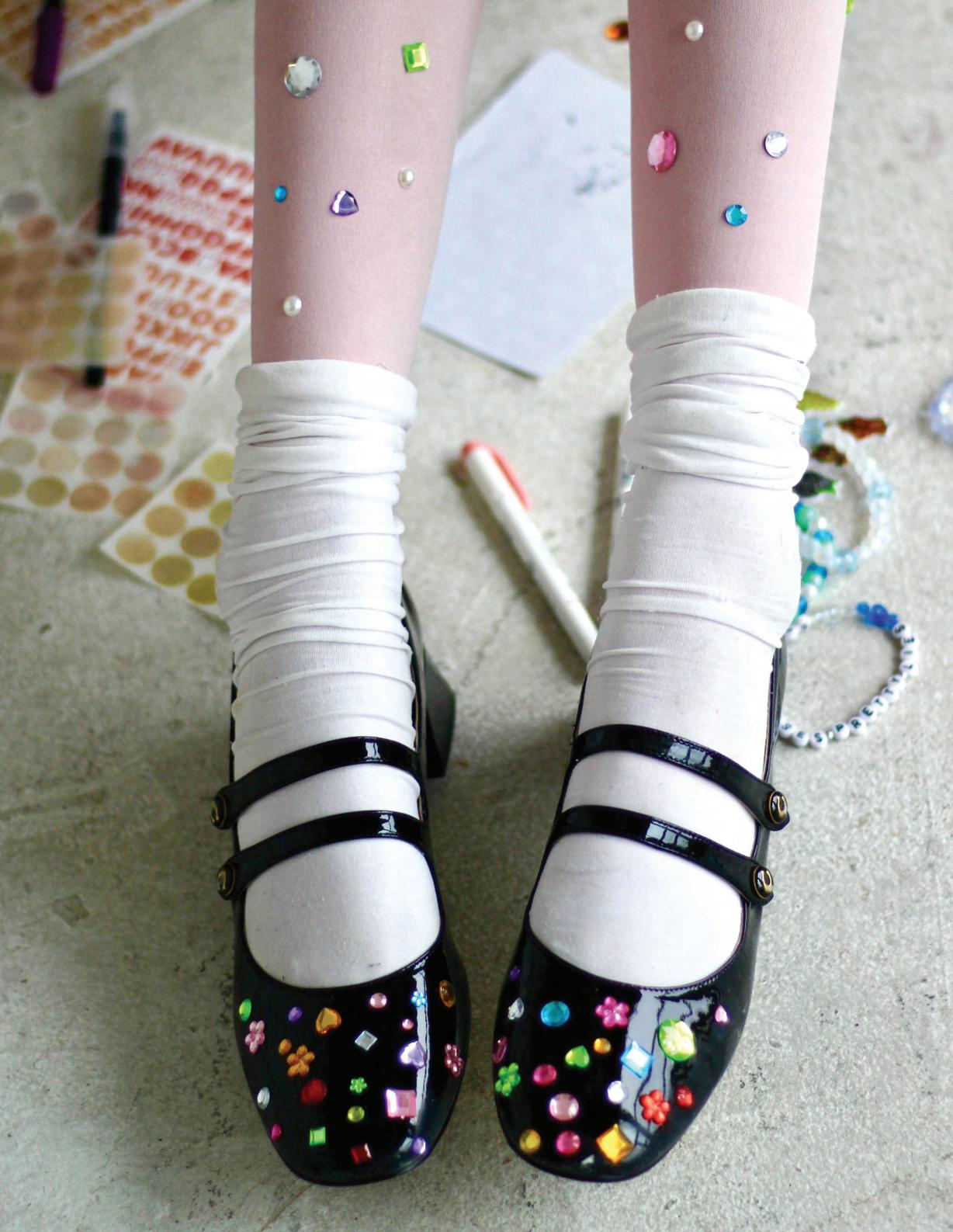
Between the 1995 release, “Clueless,” where Alicia Silverstone demonstrates her fashion expertise with a fully computer-automated try-on haul, and films like “The Princess Diaries” (2001) and “Pretty Woman” (1990), the movie industry aimed to represent the teenage desire to play dress-up. Whether it’s Anne Hathaway becoming princess-ready or Julia Roberts treating herself to a shopping spree, these women acted as mouthpieces for society’s greater pining for early life.
This rings true in fashion today, a great example being the Mary Jane shoe. According to an article from The Cut, the shoe first entered the scene when American cartoonist Richard Felton Outcault created the character, “Mary Jane,” based on his own daughter. In the cartoon, the young girl wore “little black shoes with a strap across the instep.”
The modern Mary Jane, as well as many other styles originally advertised for young girls, has now been reclaimed as a channel for strength within femininity. We see the same thing happening with items like ballet flats, straight dresses and pleated skirts. Articles of clothing that were once considered dainty and delicate are now being used in entirely new ways, affiliating stereotypical women’s clothing with a sense of quiet rebellion.

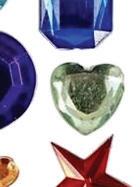
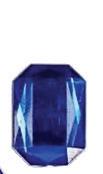

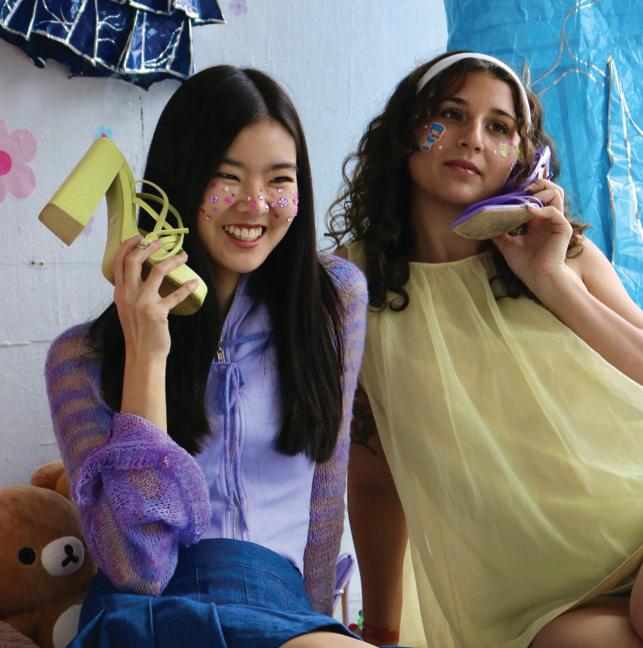




The desire for simplicity is universal; that’s why the yearning for youth is so powerful. More than this fashion trend showcasing a return to girlhood, however, it showcases the power of nostalgia. Play dress-up, dance around in your room and embrace everything childhood has to offer. Dressing yourself is always a form of power; now it’s time to prove it.
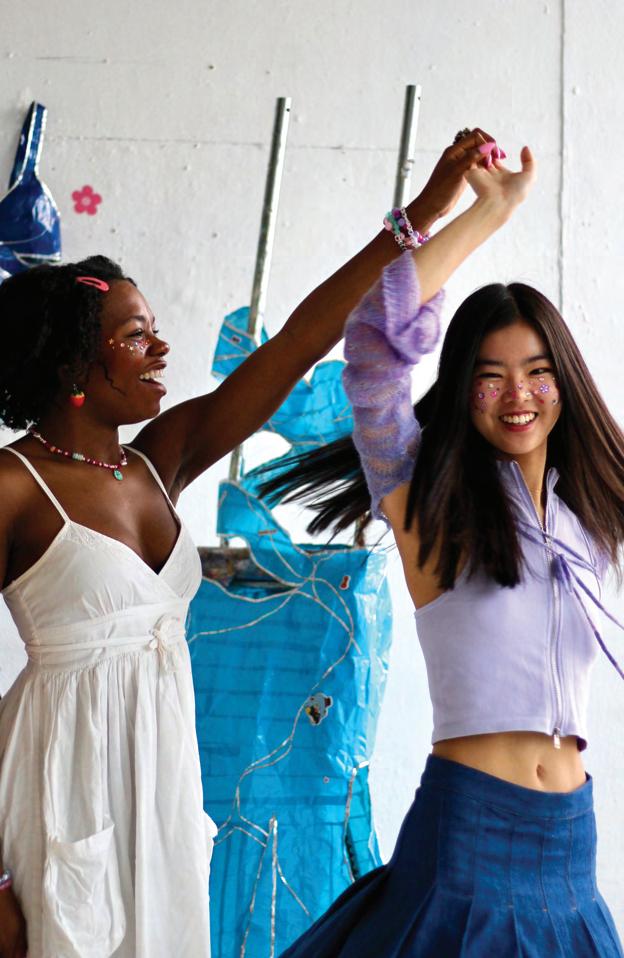
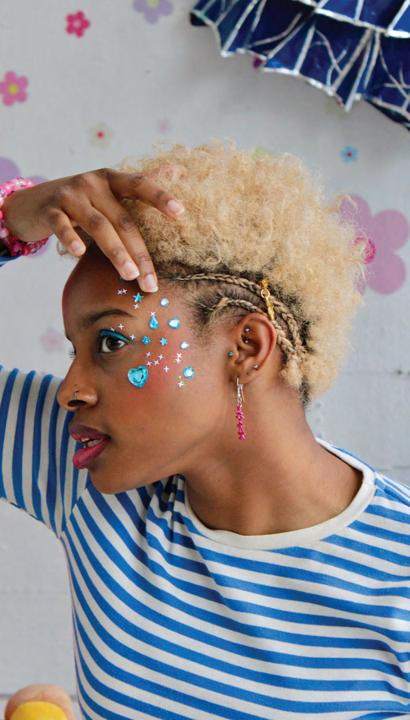
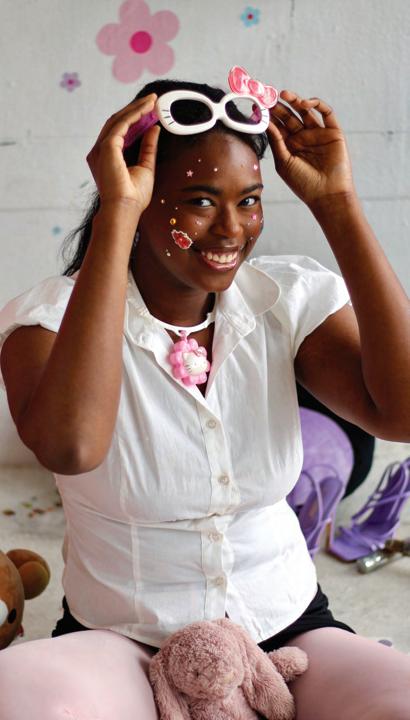

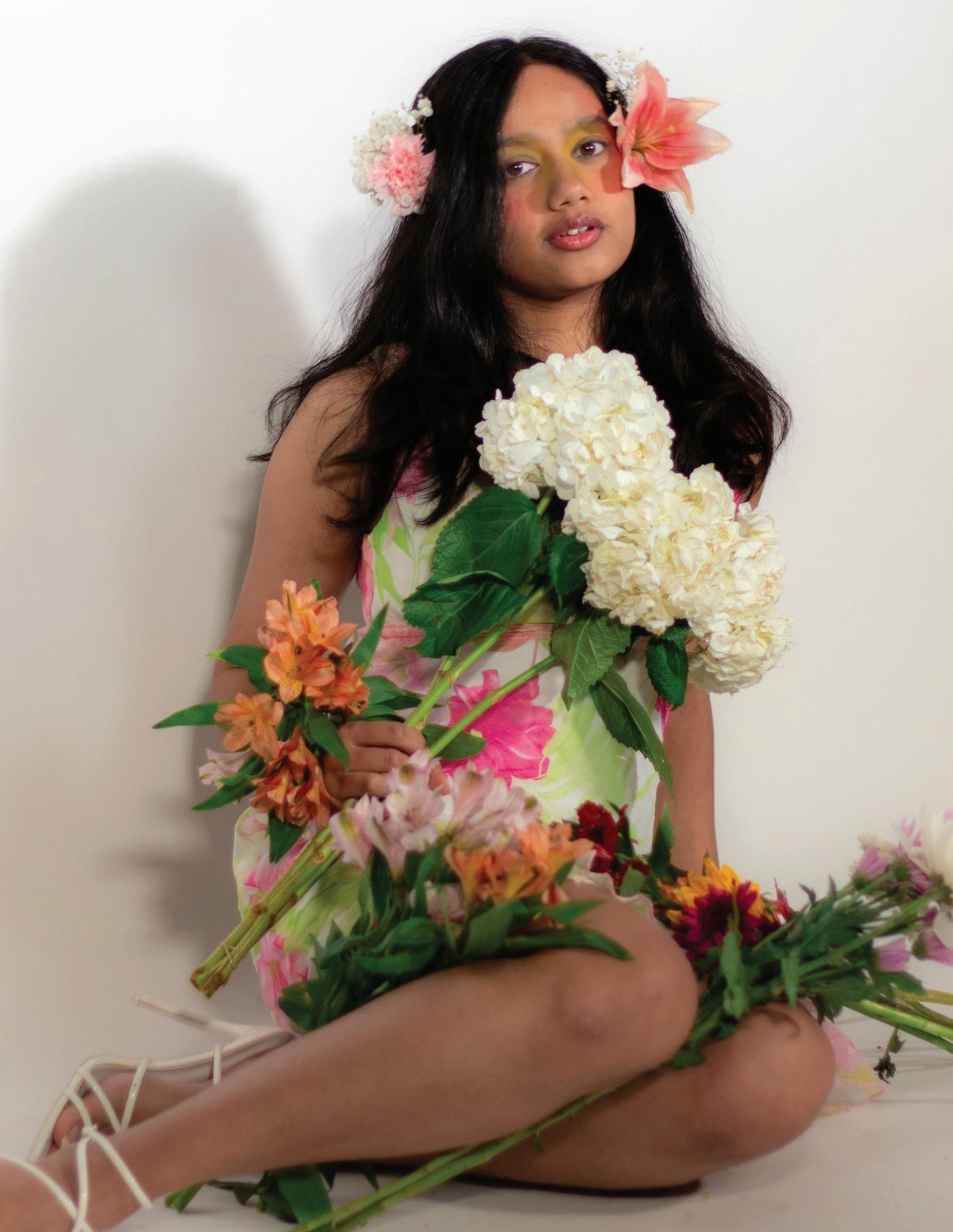

Author: Stephanie McCauley
Photographers: Cora Hernandez, Riley Loomis, Farrah Mobydeen
Layout: Addison Kennedy
When one thinks of spring, a few things come to mind: the warmth of sunny days, the cheerful songs of birds and the feeling of fresh beginnings. But above all, spring means flowers — lots and lots of flowers.
Florals are a fashion staple, and although flower patterns and designs are woven into every season, it’s undeniable that spring fashion is defined by these blossoms. As each new week brings longer and sunnier days, bold and vibrant colors integrate themselves into every passing moment of springtime style. This year, we explored how botanical prints take on new life, embrace rich hues, strike patterns and provide unimaginable natural beauty to clothing.
Navigating the whimsical and vivid, we aimed to evoke a sense of wonder and renewal in our collection. The interplay of delicate shimmers and deep hues reflects the duality of spring florals, simultaneously achieving lightness and depth.
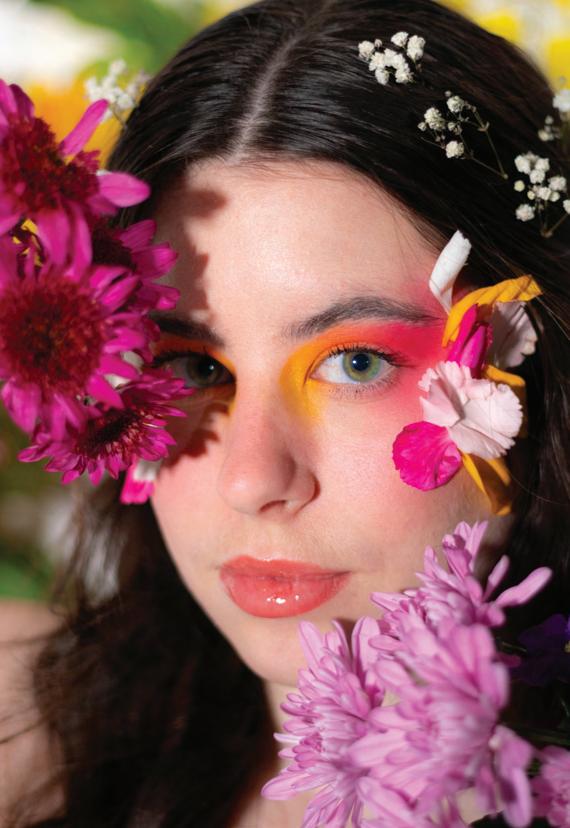
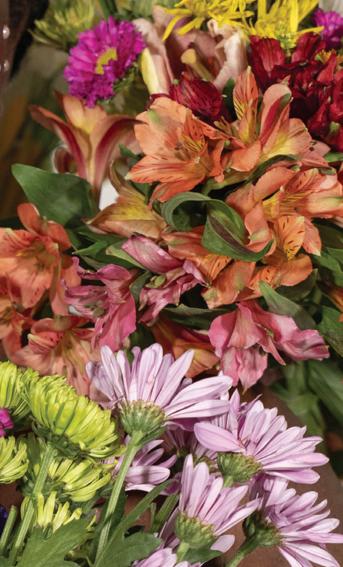
The relationship between flowers and fashion dates back thousands of years, with cultures worldwide incorporating floral motifs into their clothing, textiles and accessories.
According to Blooming Haus, citizens in Ancient Egypt (c. 2500 BCE) adorned themselves with sacred flowers, specifically the lotus, which symbolized rebirth and the sun. For ceremonial attire, both men and women wore real flowers, though floral patterns also appeared on jewelry and fabrics.
In Ancient China (c. 1600 BCE-220 CE), we see many similarities. Compass said that floral patterns were used in early Chinese silk garments, particularly during the Shang Dynasty. In the Han Dynasty, peonies, lotuses and chrysanthemums were commonly featured in embroidery and woven textiles, signifying wealth and status.
During the Medieval & Early Islamic times (seventh to 13th centuries CE), floral motifs became widespread across Persian, Ottoman and Central Asian textiles, appearing in tapestries, rugs and garments. As stated by The Metropolitan Museum of Art (The Met), the Islamic world’s appreciation for nature influenced the development of floral patterns, which later spread to Europe through trade routes.
When we look at the spread of floral textiles from China, India and Persia to Europe, a certain phrase from history class might come back to you: The Silk Road (13th to 15th centuries CE). In India and Pakistan, richly embroidered floral patterns became prominent, influencing global textile trends.
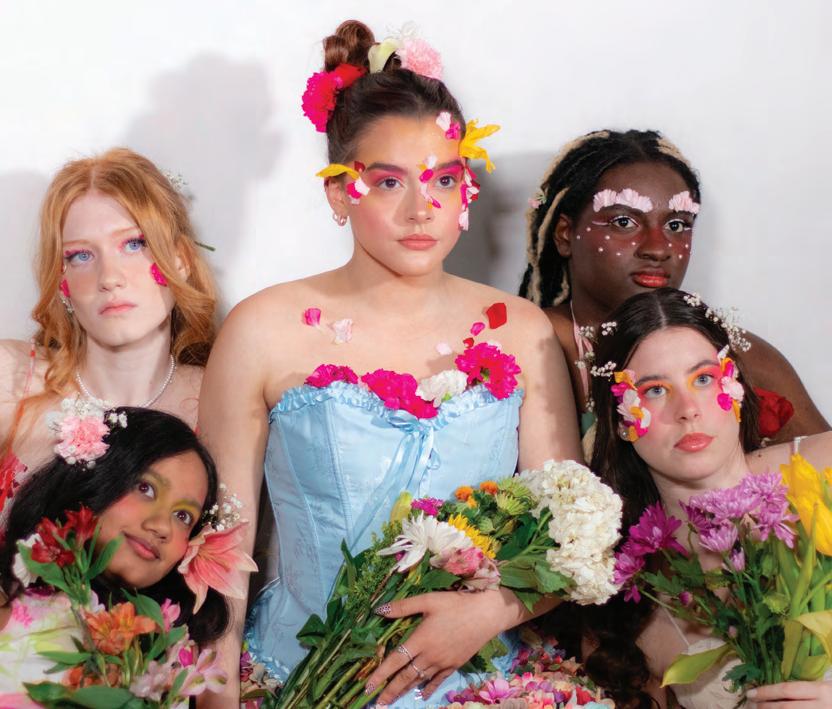
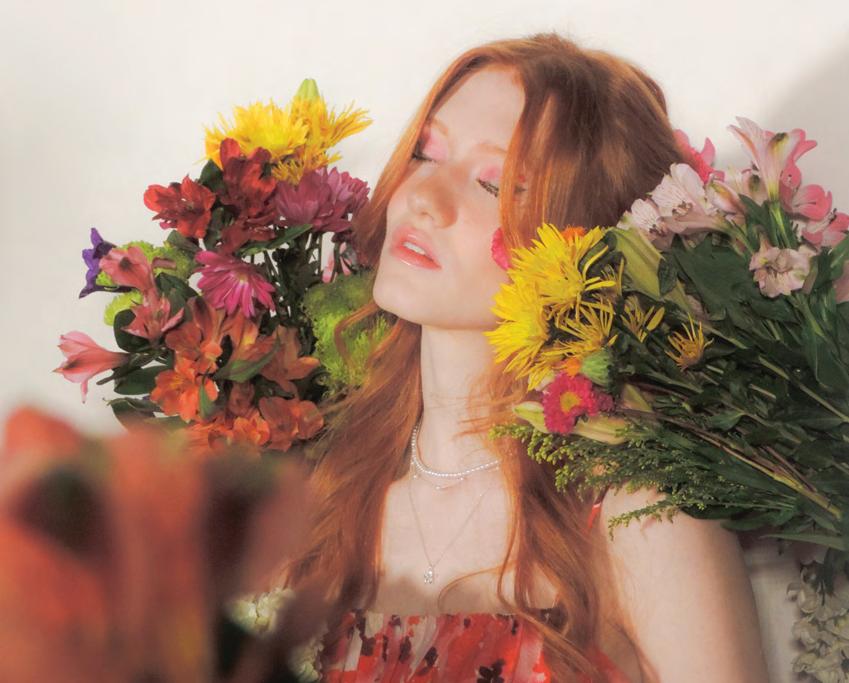

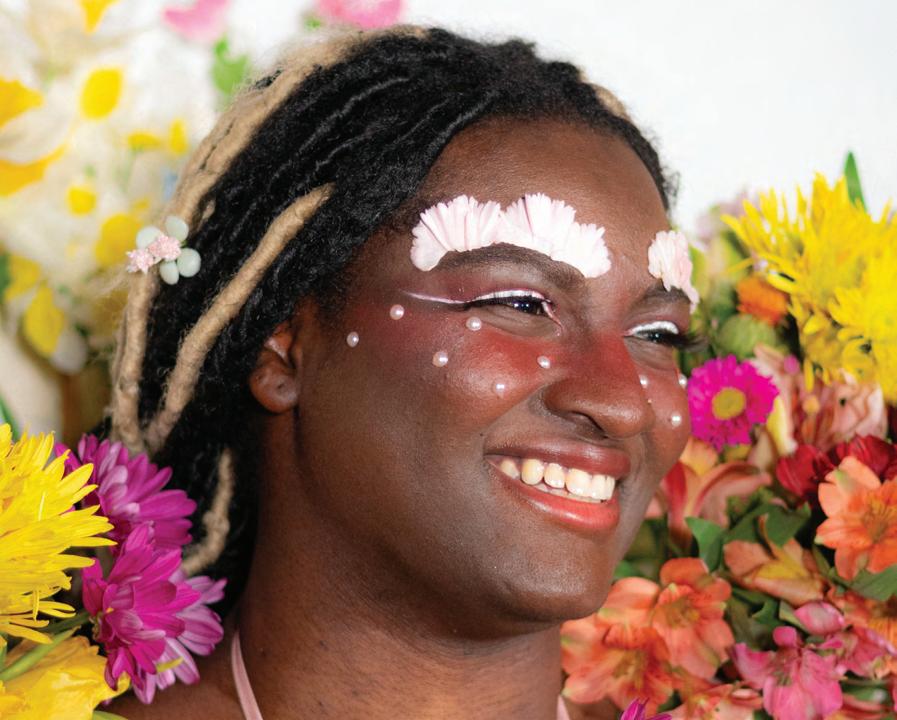

The “Tulip Era” of the Ottoman Empire (1520-1730 CE) saw tulip motifs become a dominant design in clothing, ceramics and art. According to the Amsterdam Tulip Museum, this period significantly influenced European floral fashion, particularly in France and the Netherlands.
Only a few centuries later, floral embroidery and brocade fabrics gained popularity, adorning the clothing of nobility. The Met said that throughout the Renaissance (16th to 18th centuries CE), floral lace, first reserved for royalty, became more widely accessible. Designs featuring roses, carnations and lilies flourished, reflecting the influence of botanical studies during the Enlightenment.
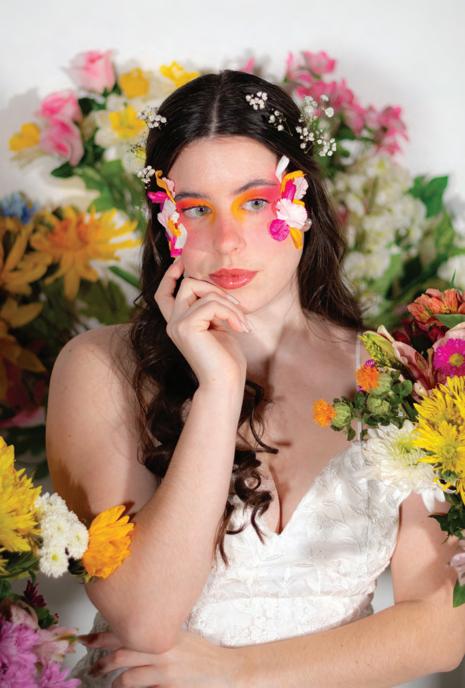

BFloral patterns in beadwork also played a significant role in Indigenous North American cultures (17th to 19th centuries CE). The Ojibwe, Sioux and Lakota peoples developed intricate floral beadwork traditions, incorporating native plant motifs into clothing, accessories and ceremonial garments.
Due to the Industrial Revolution (18th to 19th century CE), advances in textile production led to the mass manufacturing of floral patterns. Floral prints, as stated by The Guardian, once painstakingly hand-embroidered, became more accessible through mechanized weaving and printing techniques.
In Europe (19th–early 20th centuries CE), the Victorian era emphasized romantic floral designs, with small flower bouquets ("tussie-mussies") serving as fashionable accessories. The Edwardian period continued this floral obsession, with pastel floral embroidery and lace embellishments becoming hallmarks of femininity.
Jumping into the 1900s, the 1920s to 1950s was the era of modern floral fashion. According to an article from Blooming Haus, the Art Nouveau movement (18901920) embraced organic, flowing floral patterns, and they quickly became a staple in women’s fashion. From Hawaiian-inspired prints to Dior’s postwar “Flower Women” collection, floral fashion celebrated the “ultra feminine” floral style.
No one had to introduce florals to the 1960s. The hippie movement of the 60s, through the Flower Power trend, revived floral fashion as a symbol of peace and self expression. Inspired by nature and Eastern textile traditions, flowers appeared everywhere — on flowing dresses, embroidered denim and psychedelic prints.
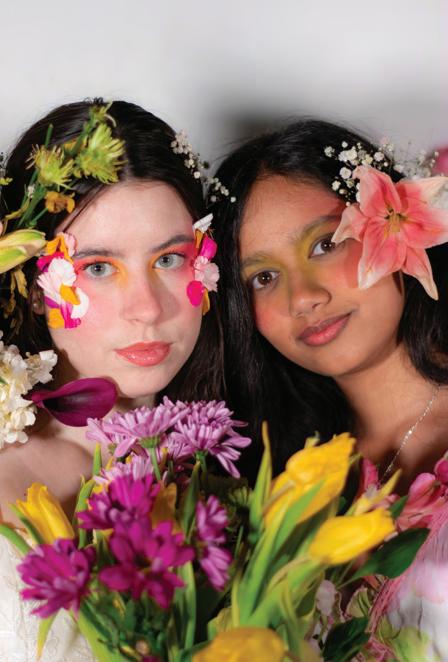
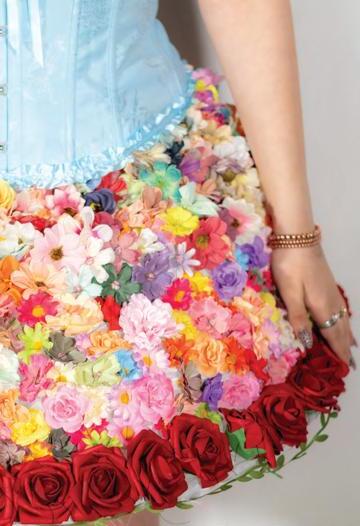
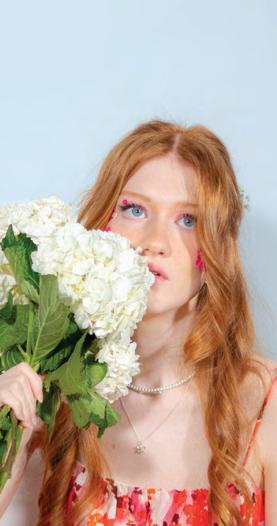
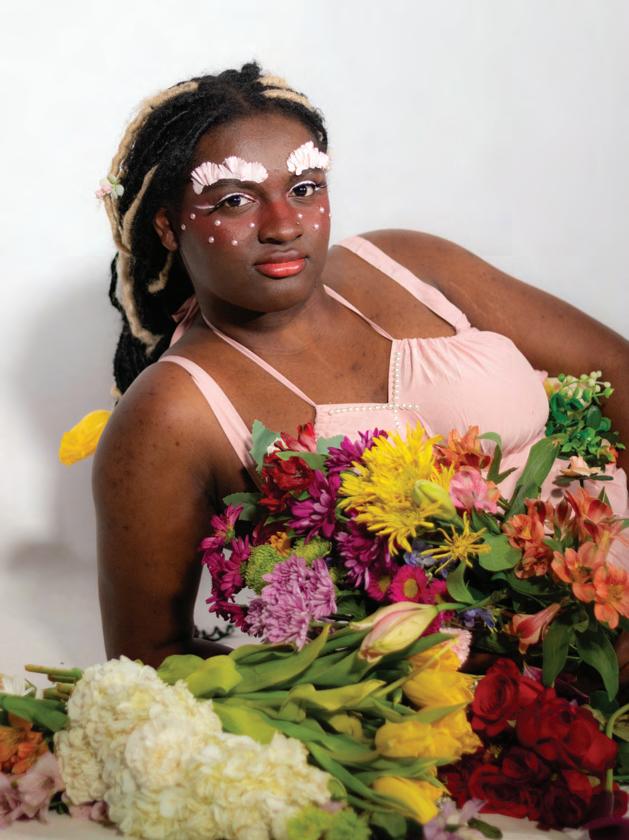
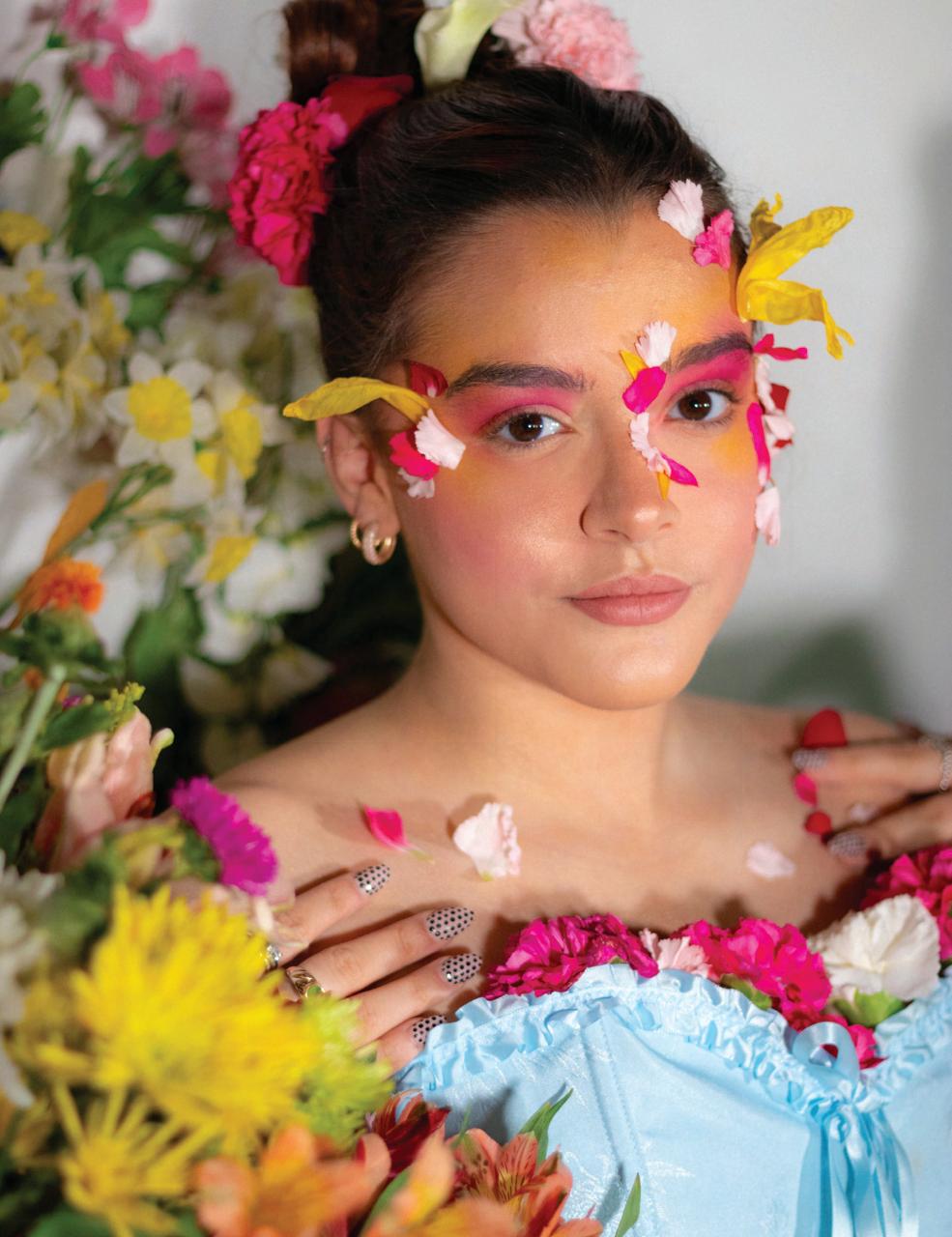
The 1970s to the 1990s were full of bohemian and grunge florals. Whereas earlier bohemian styles embraced free-flowing floral dresses and prints — inspired by Indian fashion —, by the 1990s, floral patterns took on an edgier twist through grunge fashion, showcasing dark floral prints in slip dresses and oversized shirts.
Throughout the 21st century, florals have continued to evolve with seasonal trends, from bold maximalist prints to subtle, vintage-inspired florals. Designers draw inspiration from centuries of floral fashion history, proving that this is not just a passing trend, but a permanent fixture in the world of fashion.
With this shoot, we set out to encapsulate the spirit of spring: its vibrancy, romance and renewal through floral fashion. After all, florals for spring may not be groundbreaking, but they are undeniably timeless.
Photo Credit: Riley Loomis
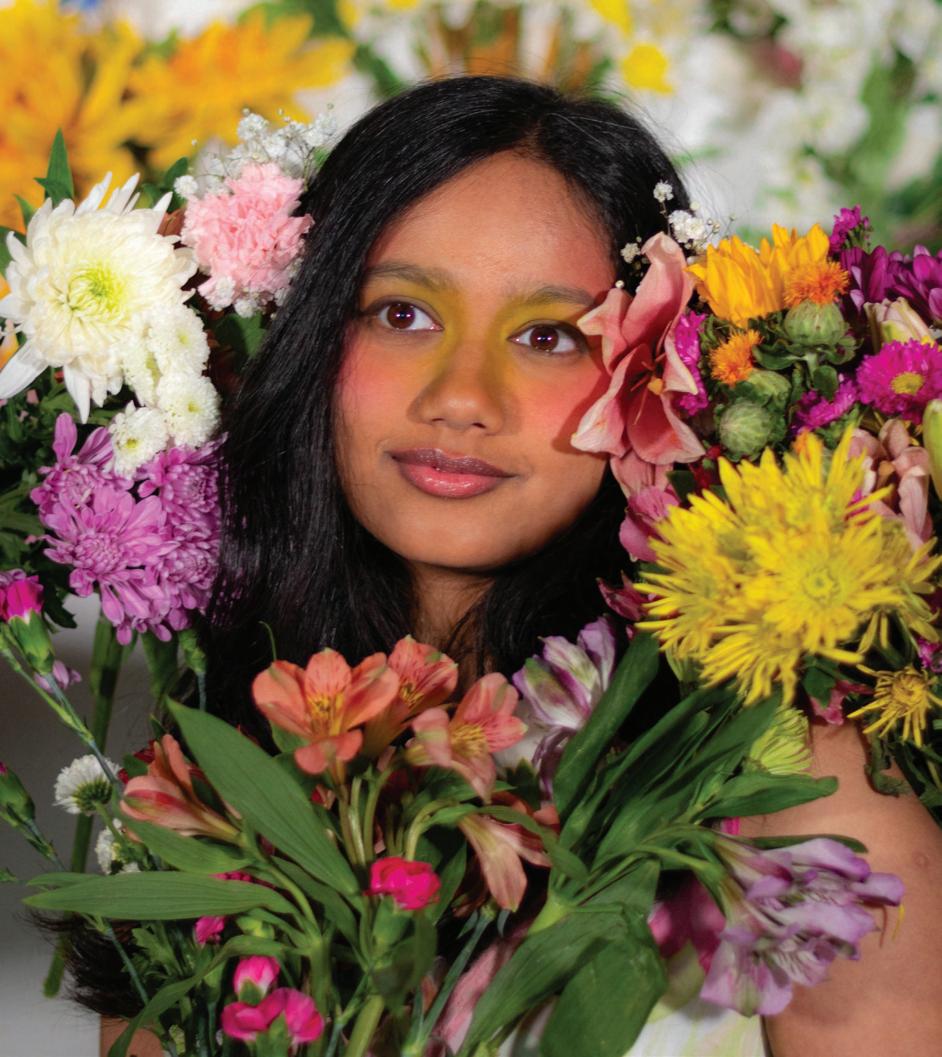
The trends, the brands, the ‘fits - all at Discount Fashion Warehouse at the LOWEST prices you’ll find anywhere! Shop at DFWh for all your wardrobe needs!
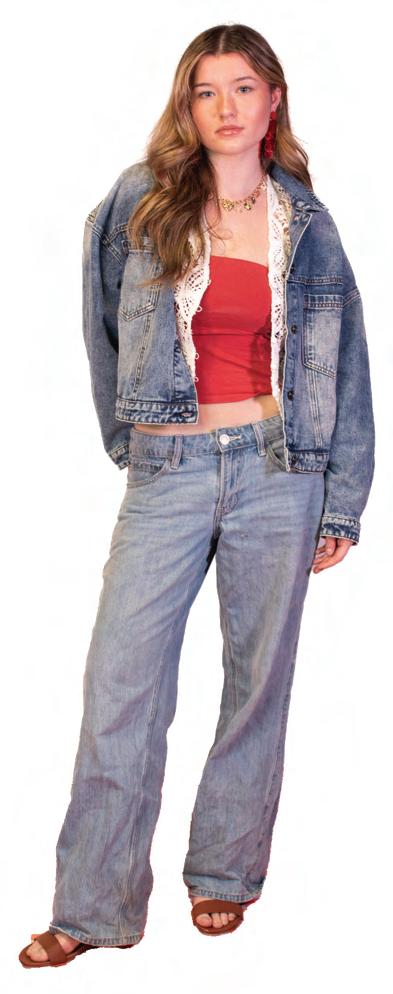
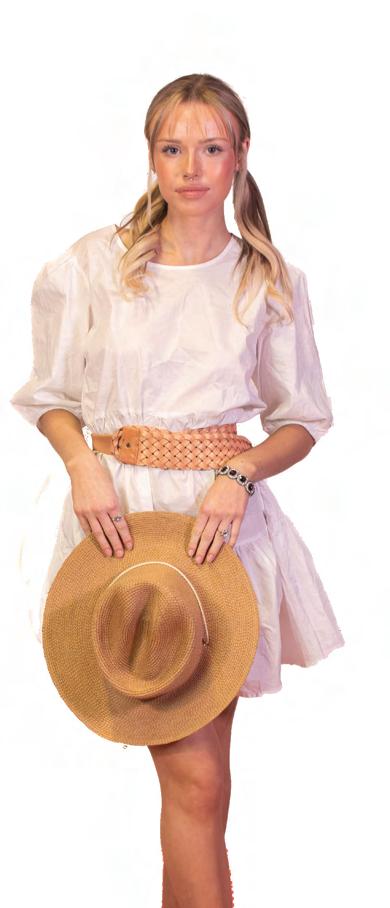
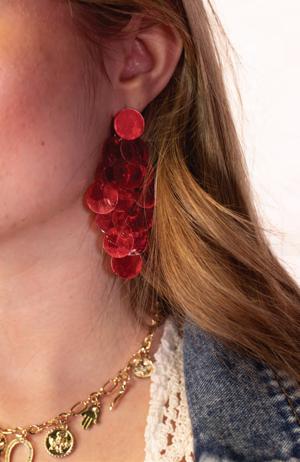
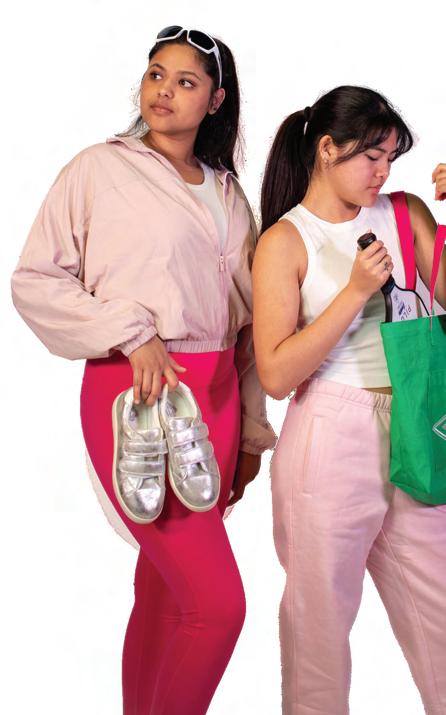
Hello Spring! Get your favorite warm weather looks for less! Brands featured: Express, Free People, Sam Edelman
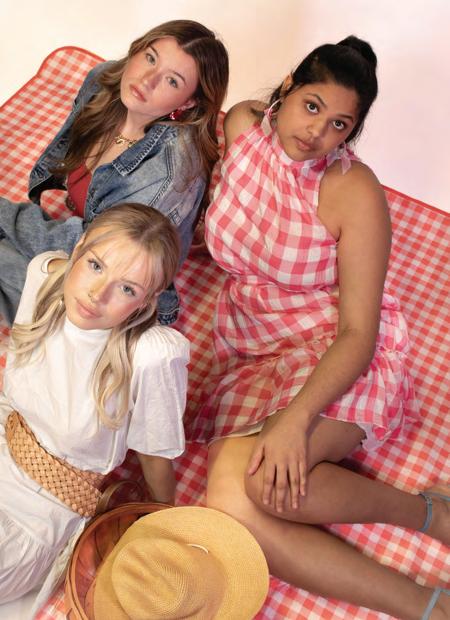


Snap into fitness with top athletic brands at DFWh where you’ll find the lowest prices for all your fitness ‘fits!
Brands featured: Espirit, Fabletics
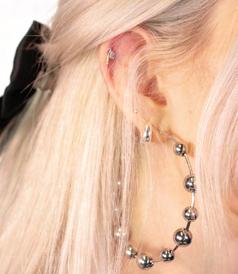

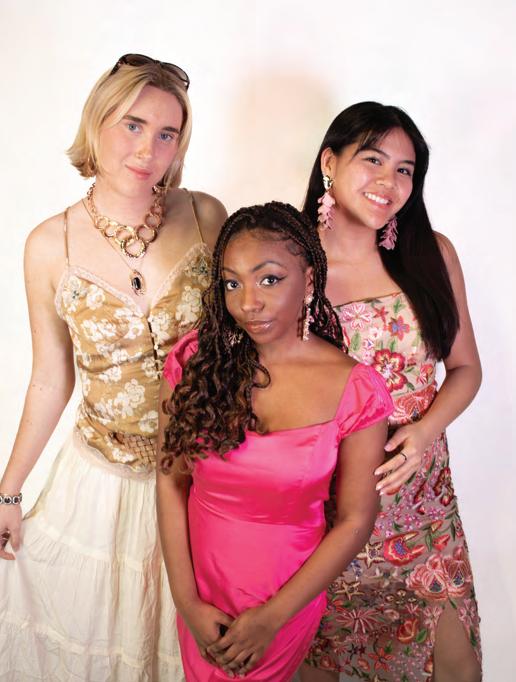
From casual to glam, find brand name outfit pieces for as low as $6!
Brands Featured: Espirit, Free People, J Crew, Sam Edelman
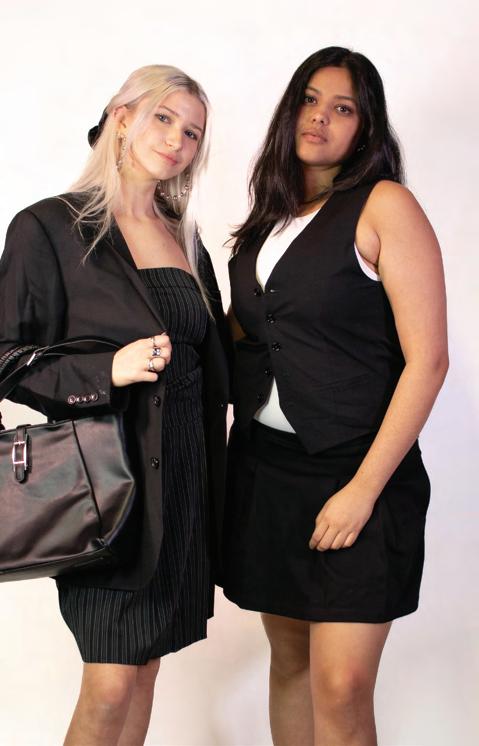
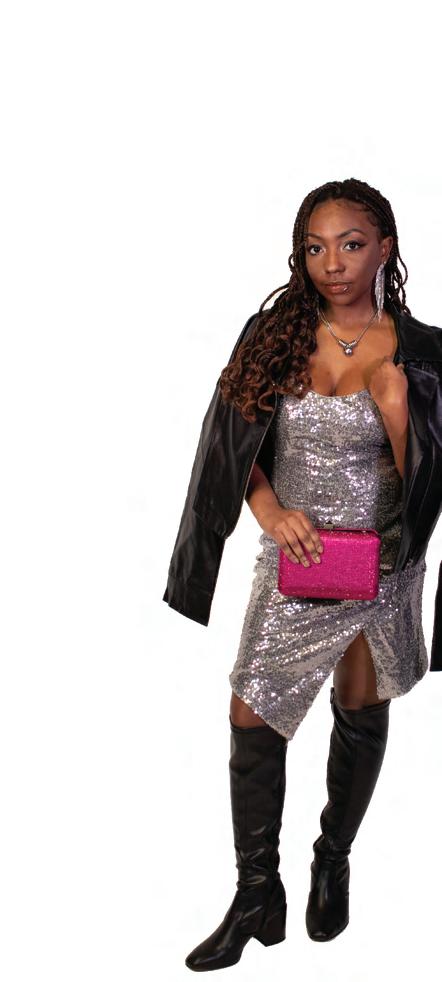
Dress for success! From dressy to casual office looks, DFWh has you covered! Brands featured: Express, Motel Rocks, J.Crew Get 10%

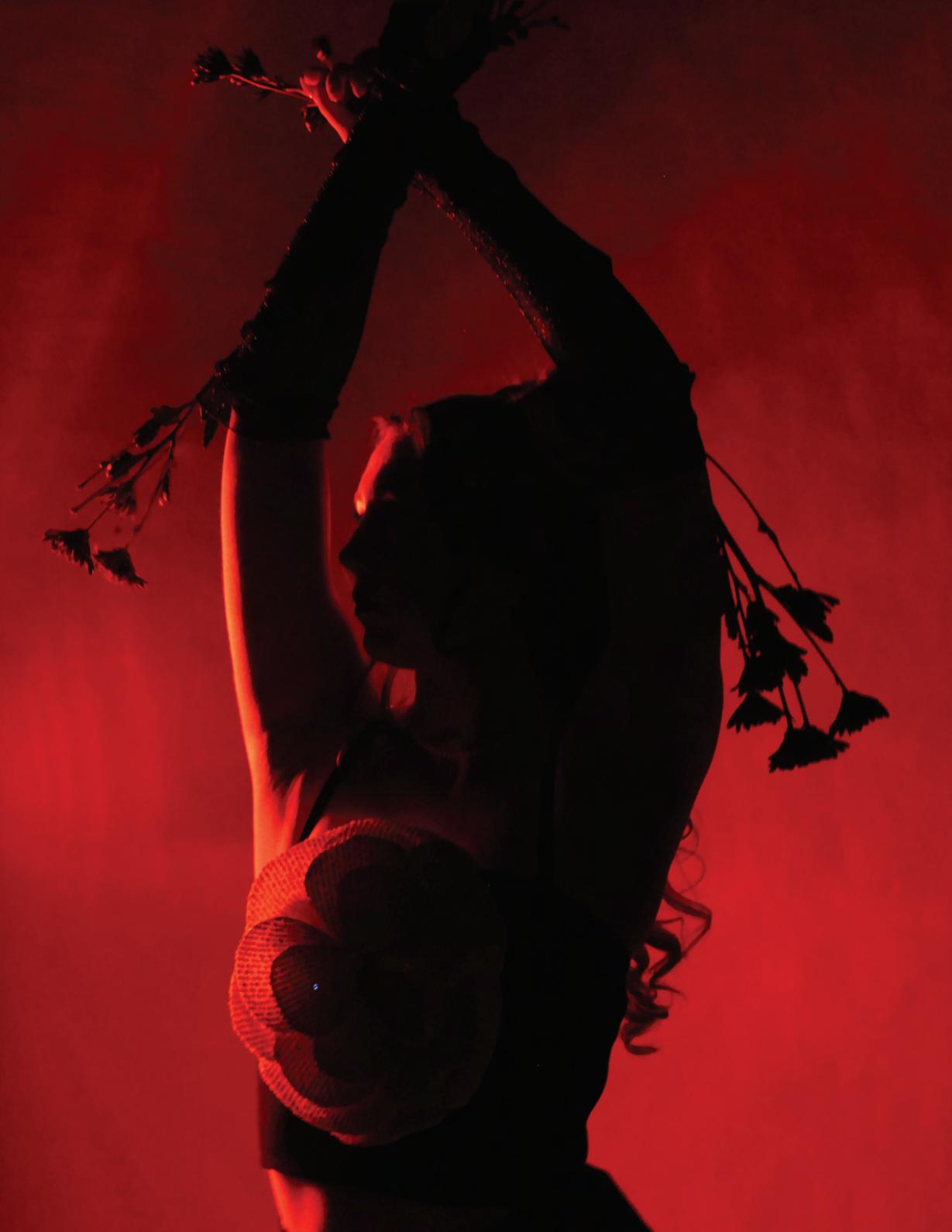
ISSUE XXIII, Spring/Summer 2025